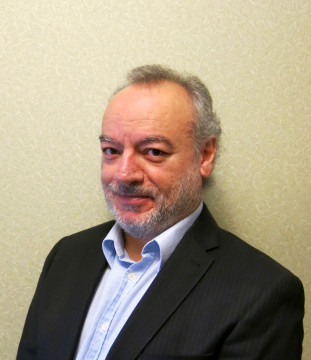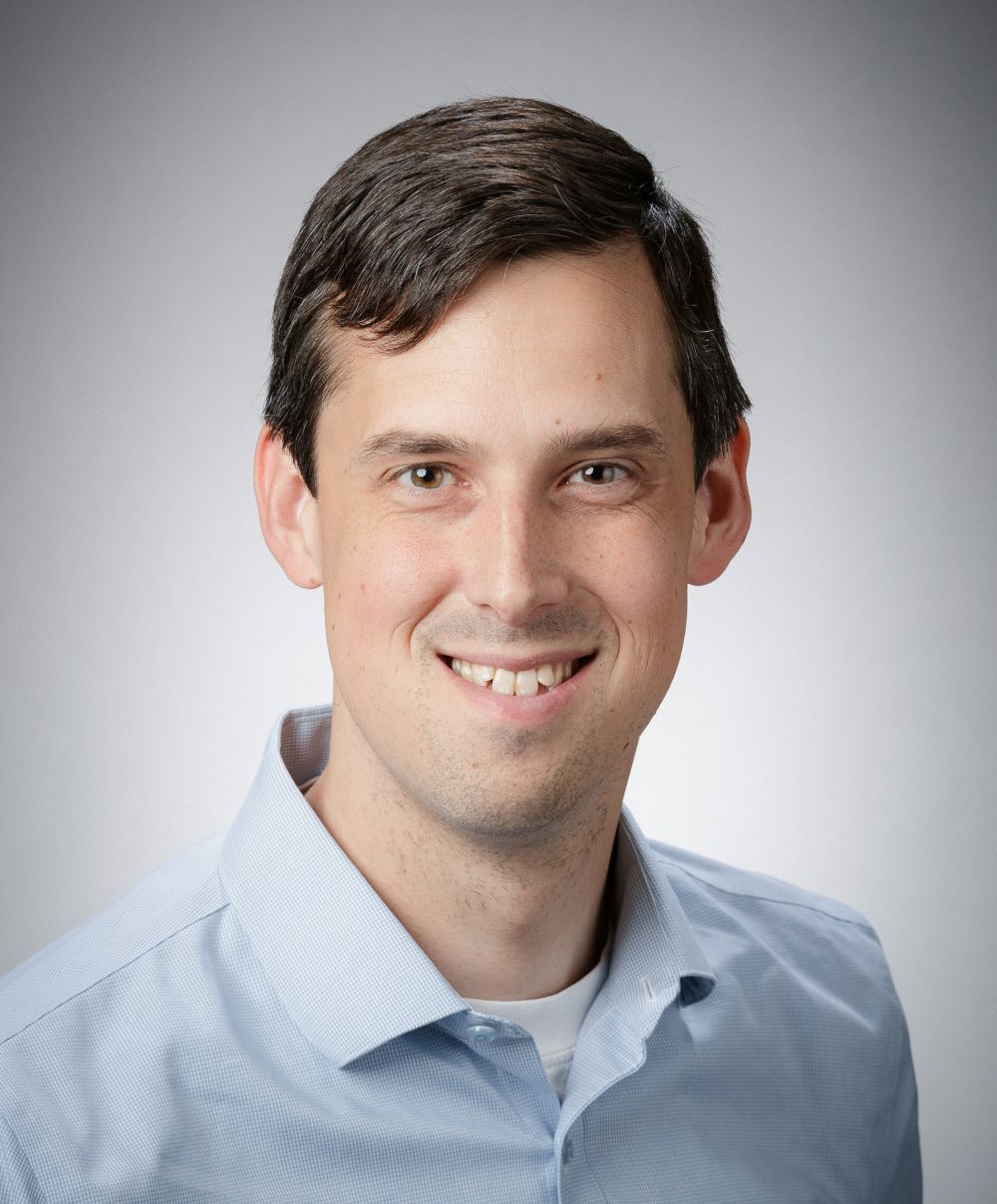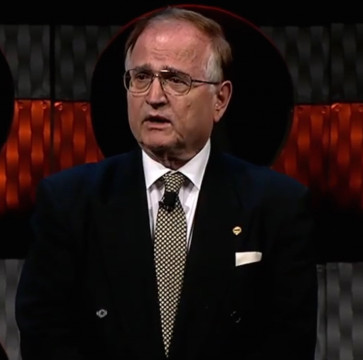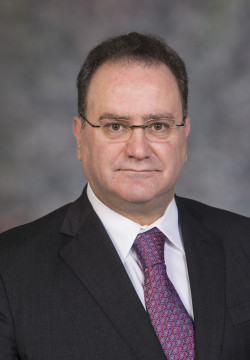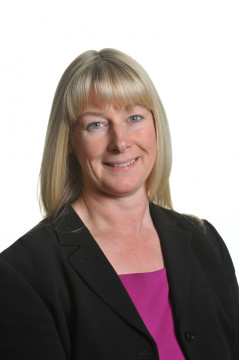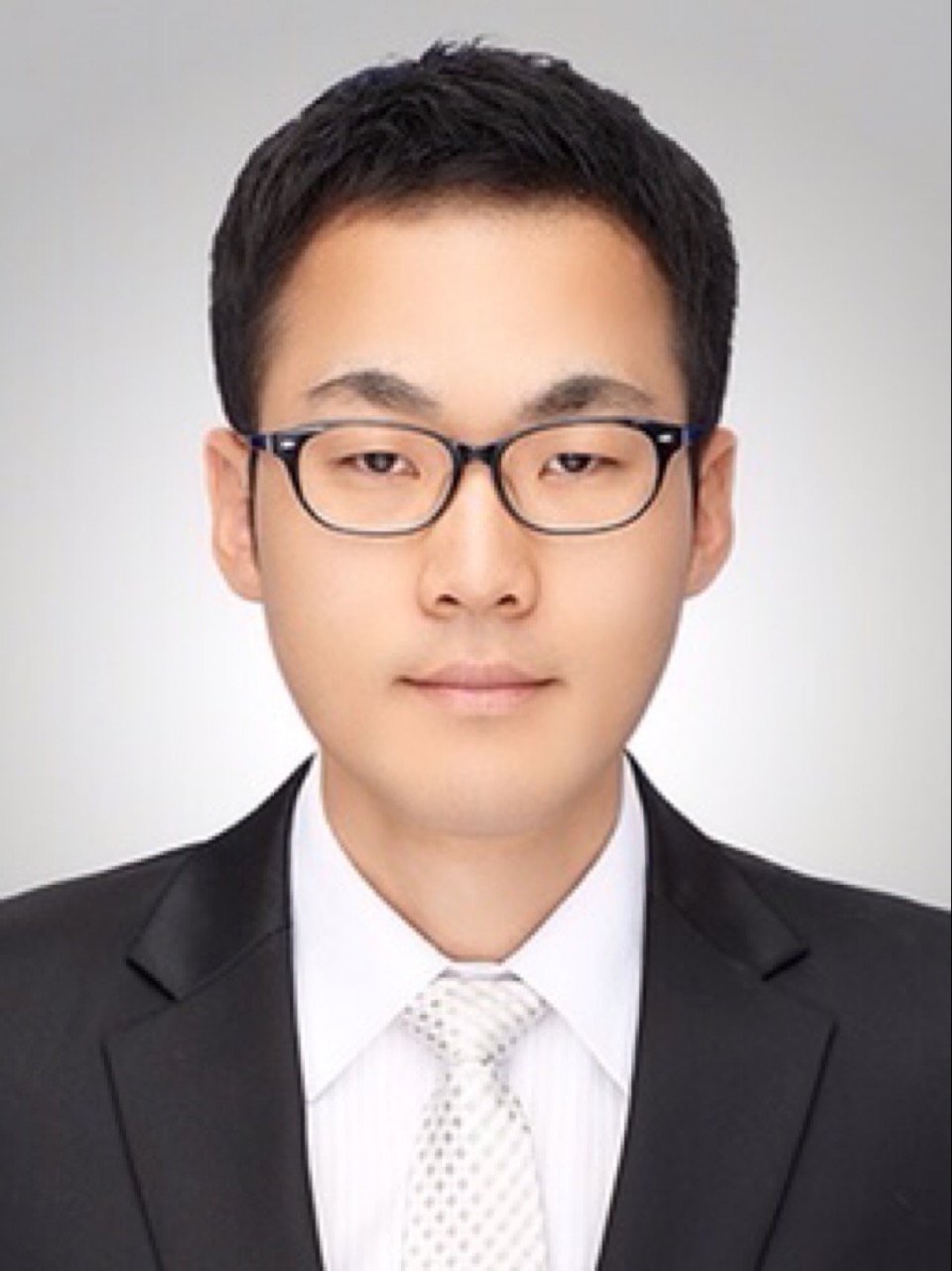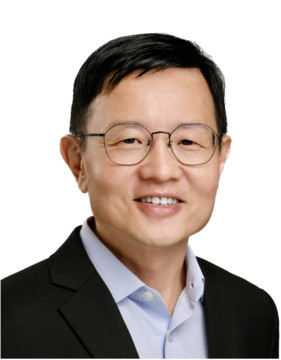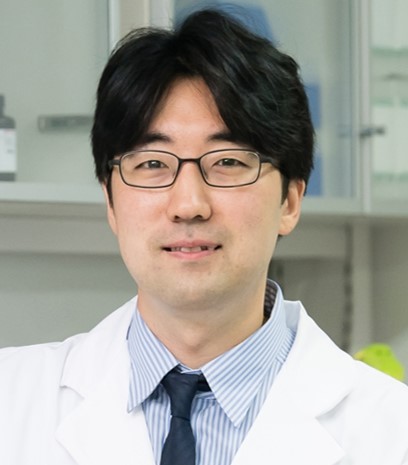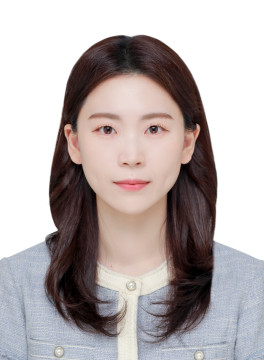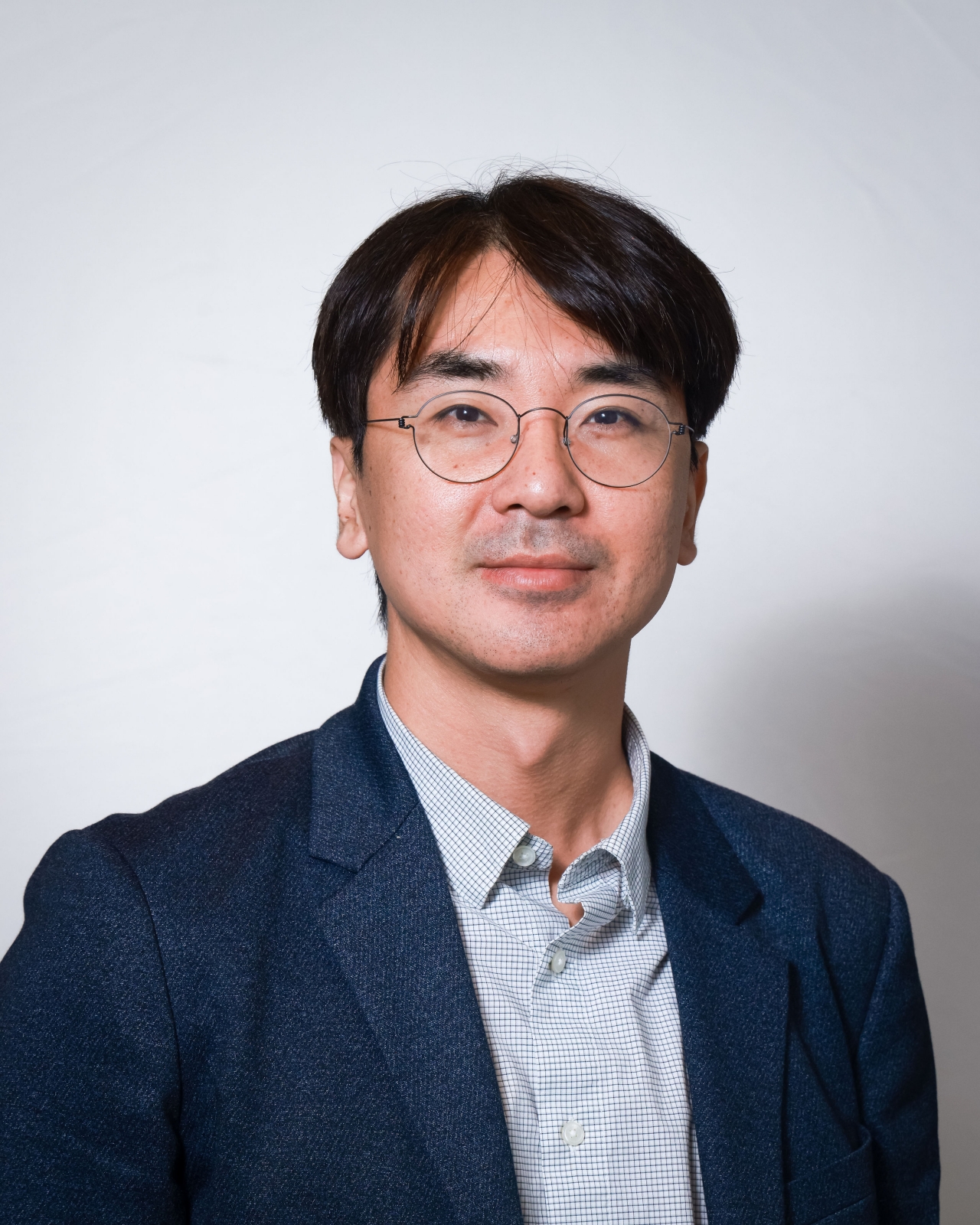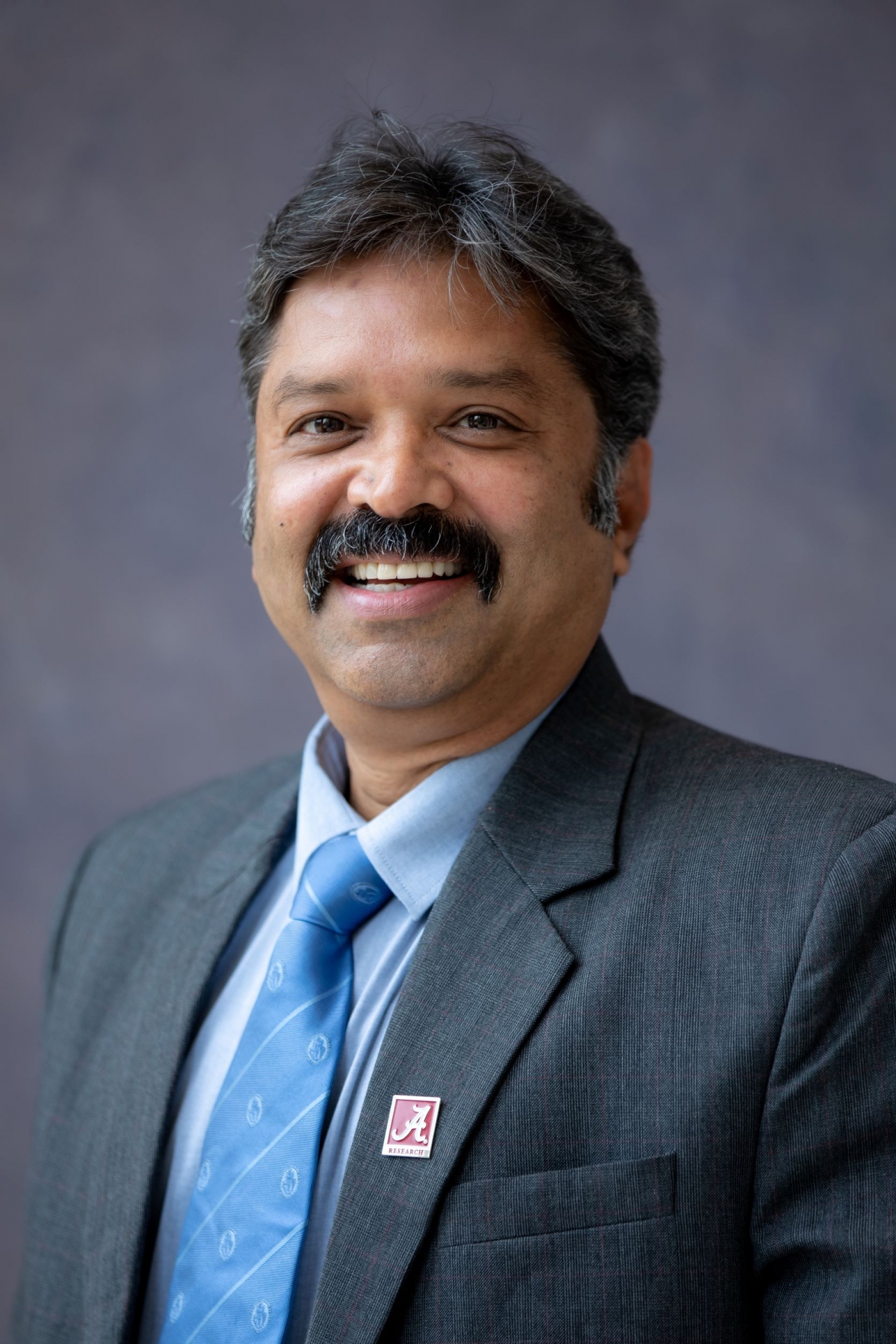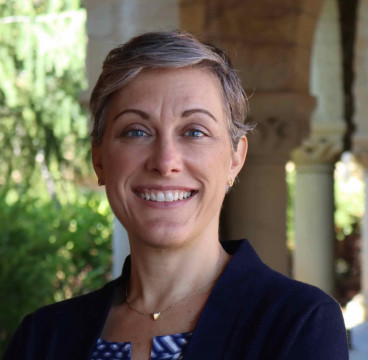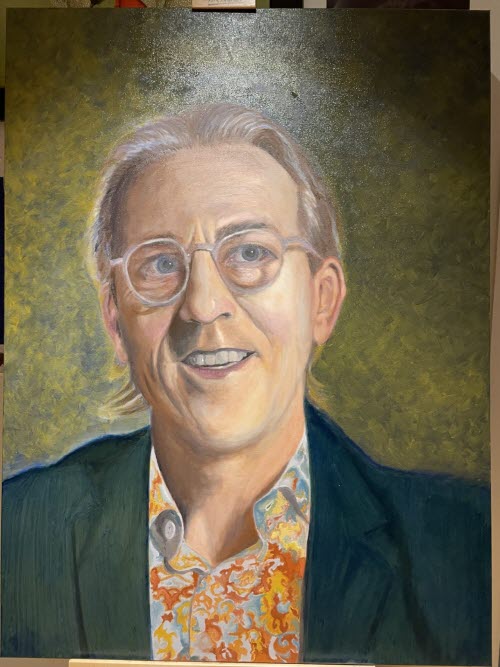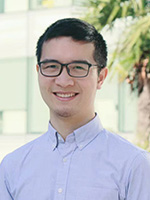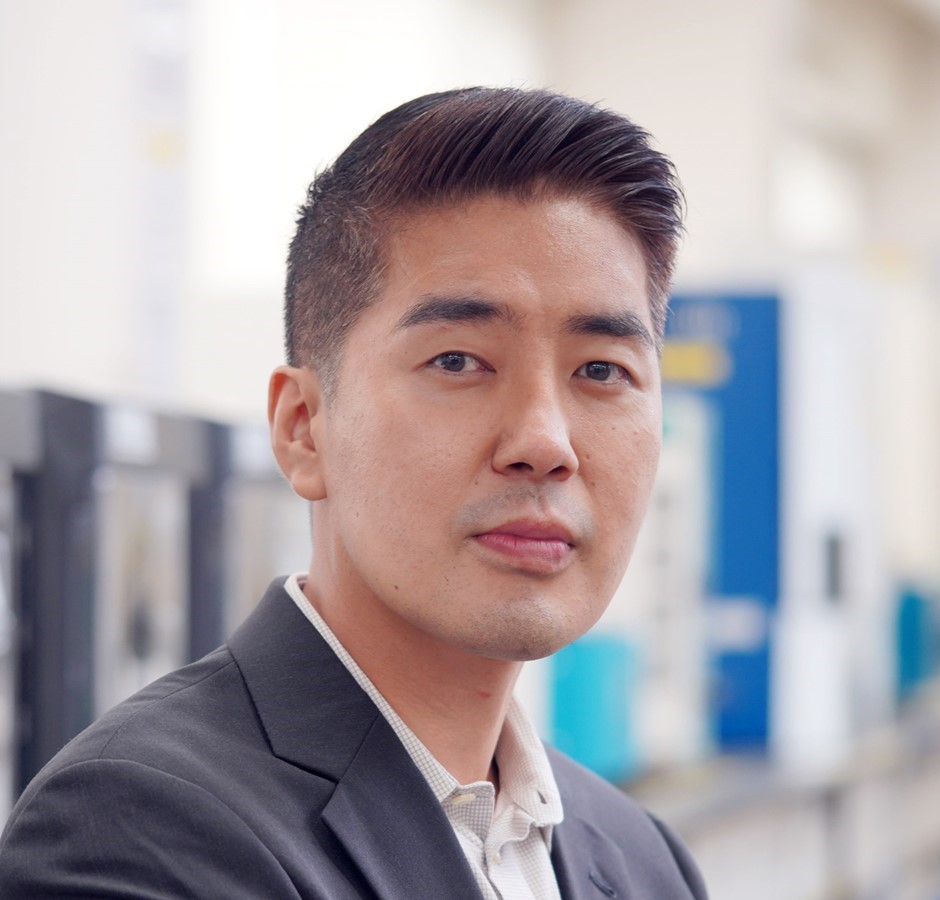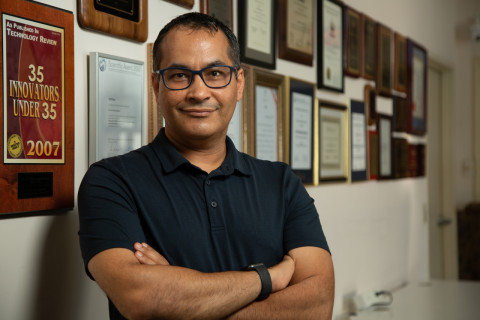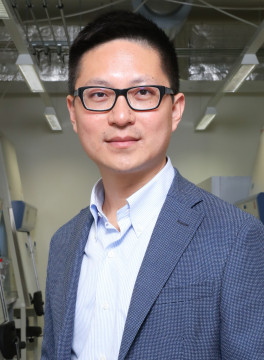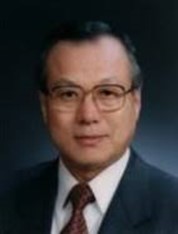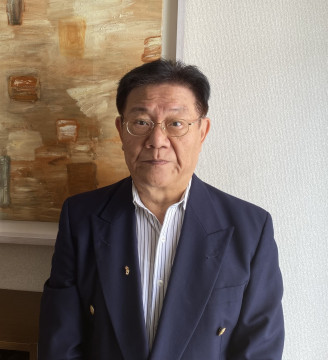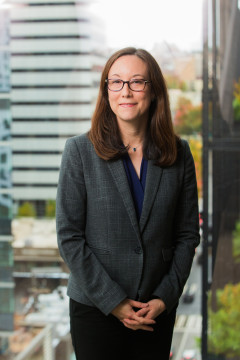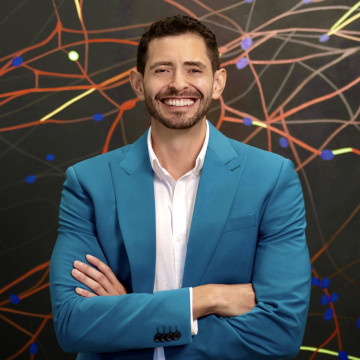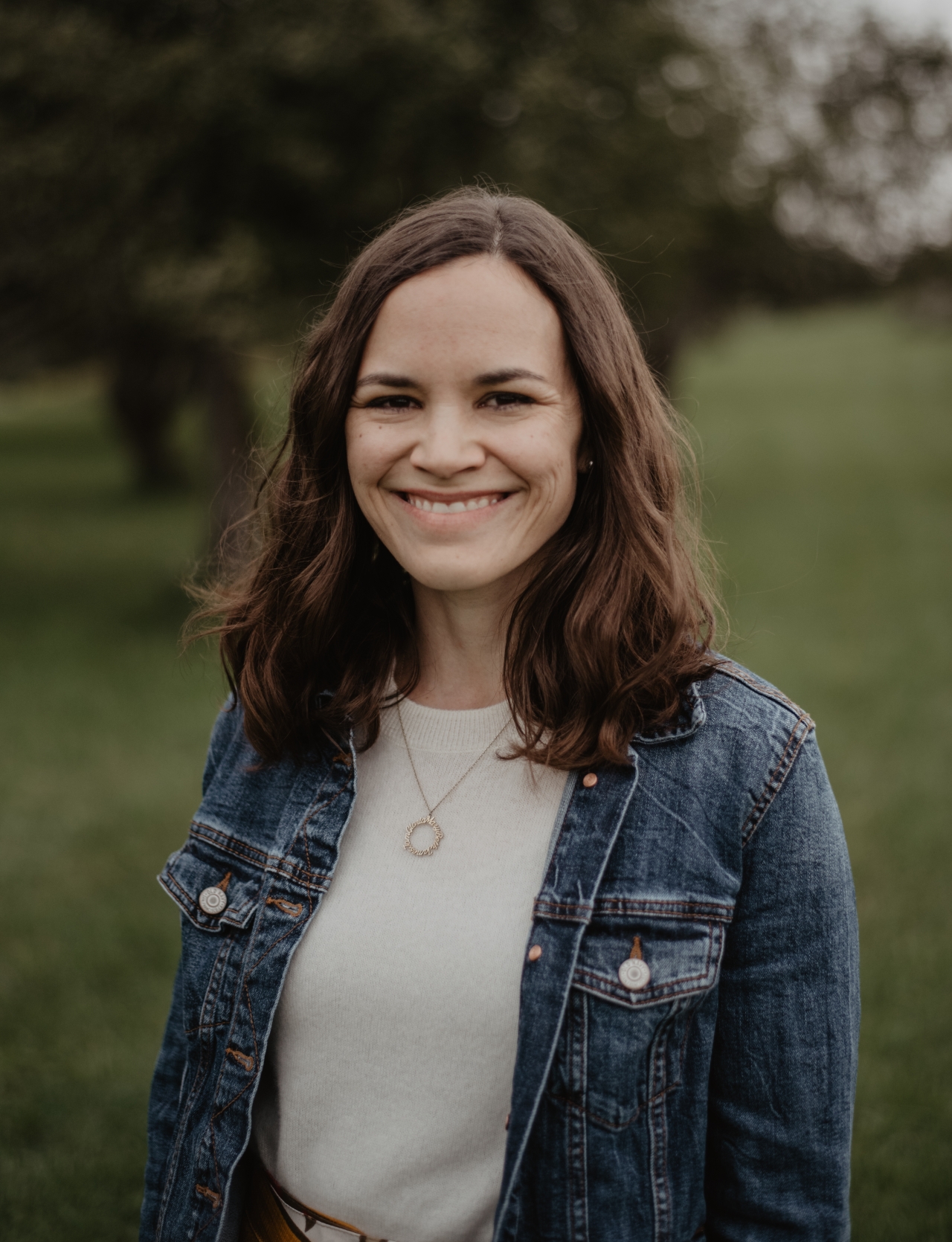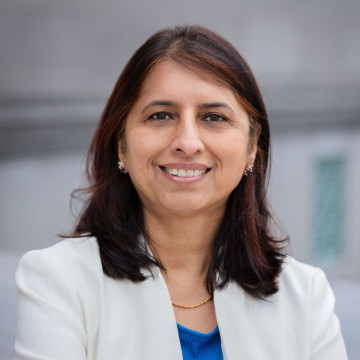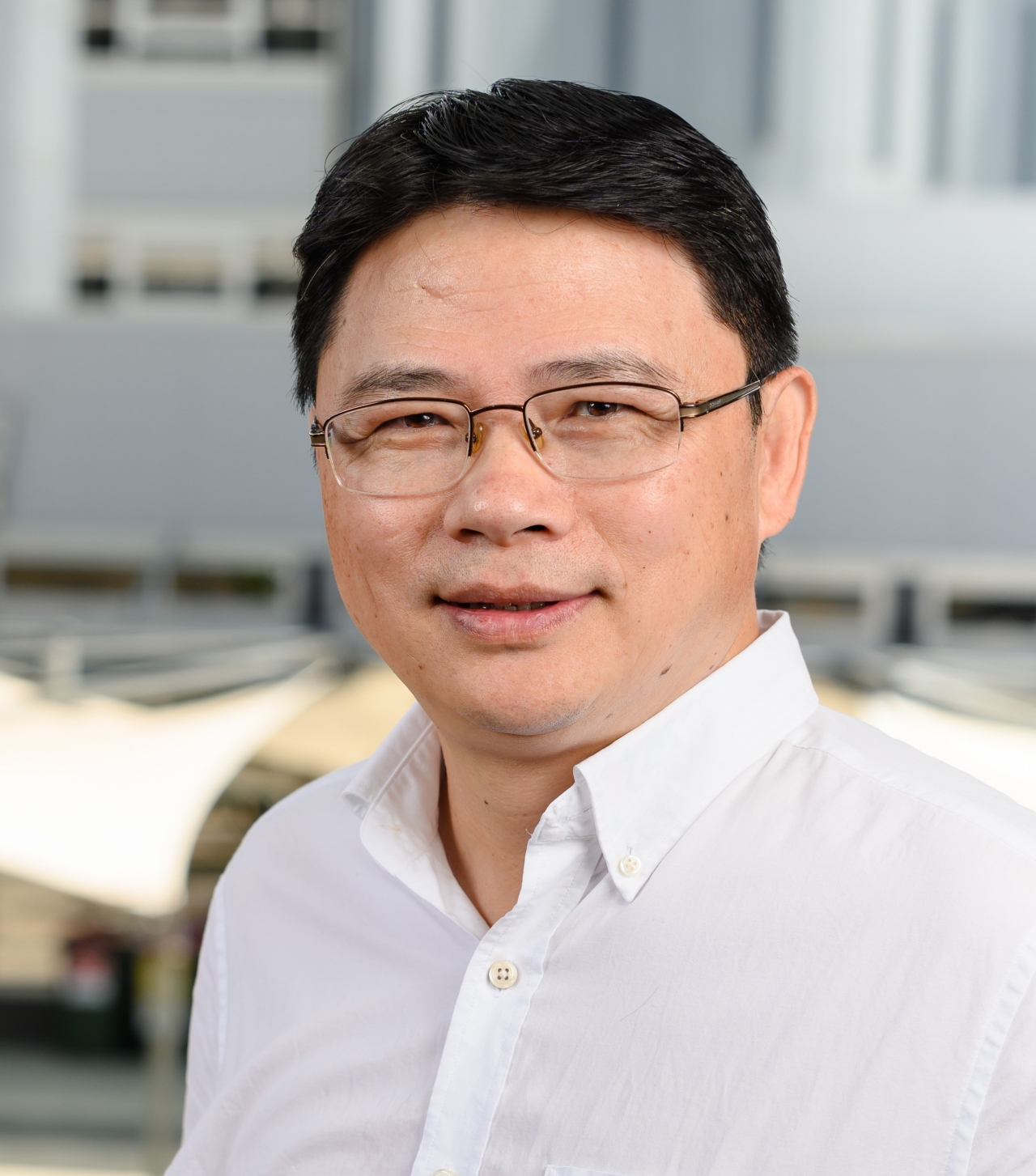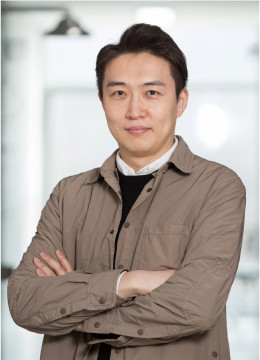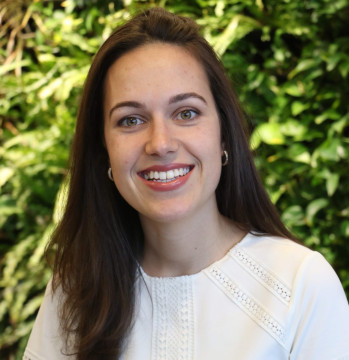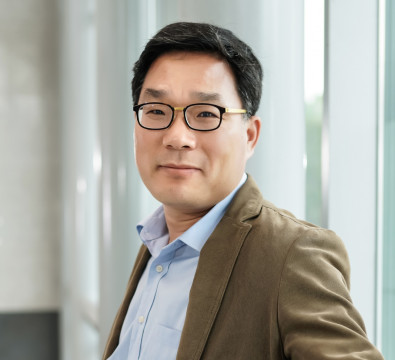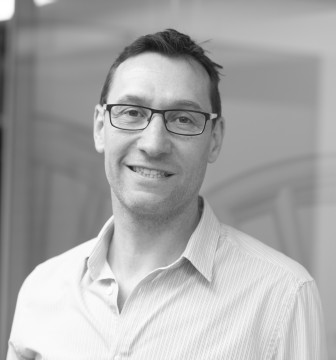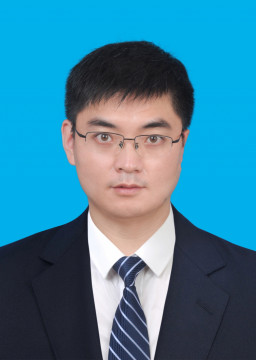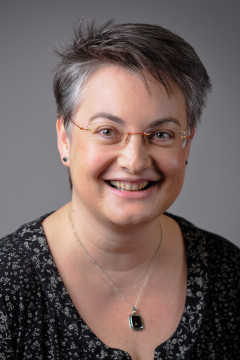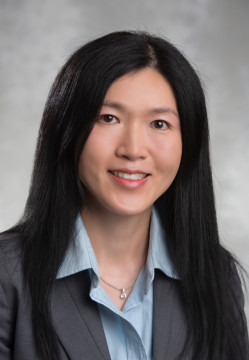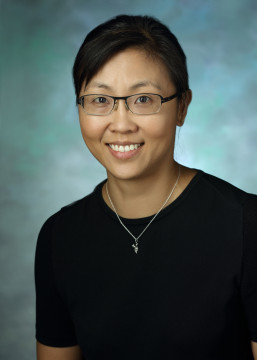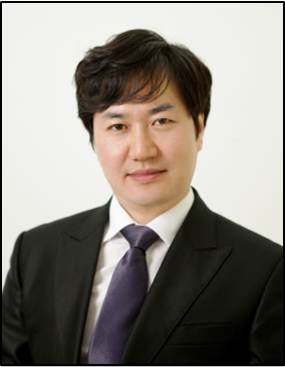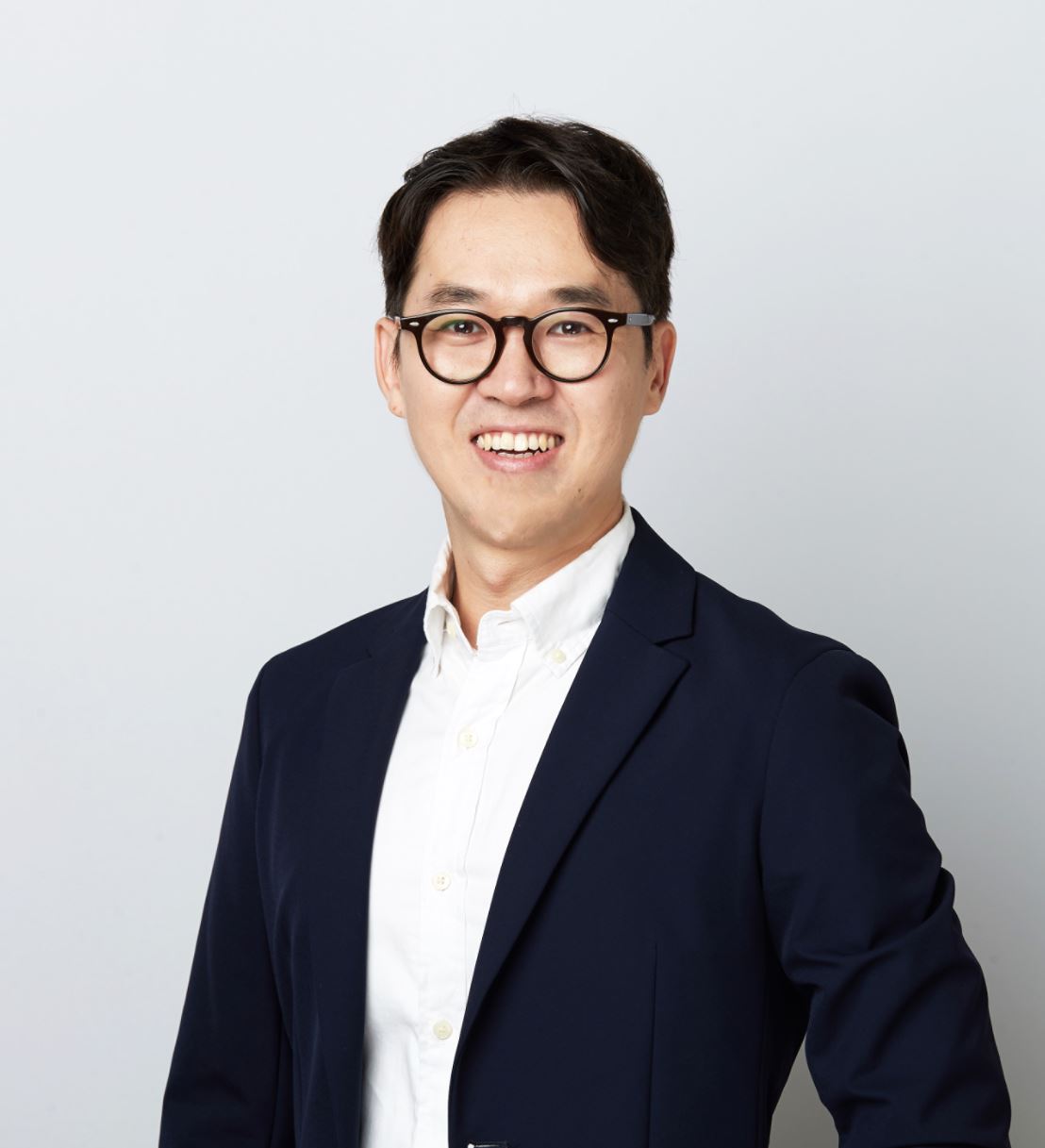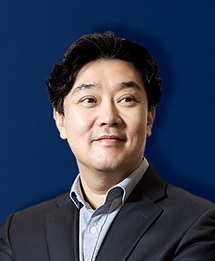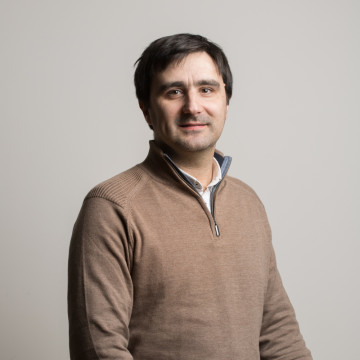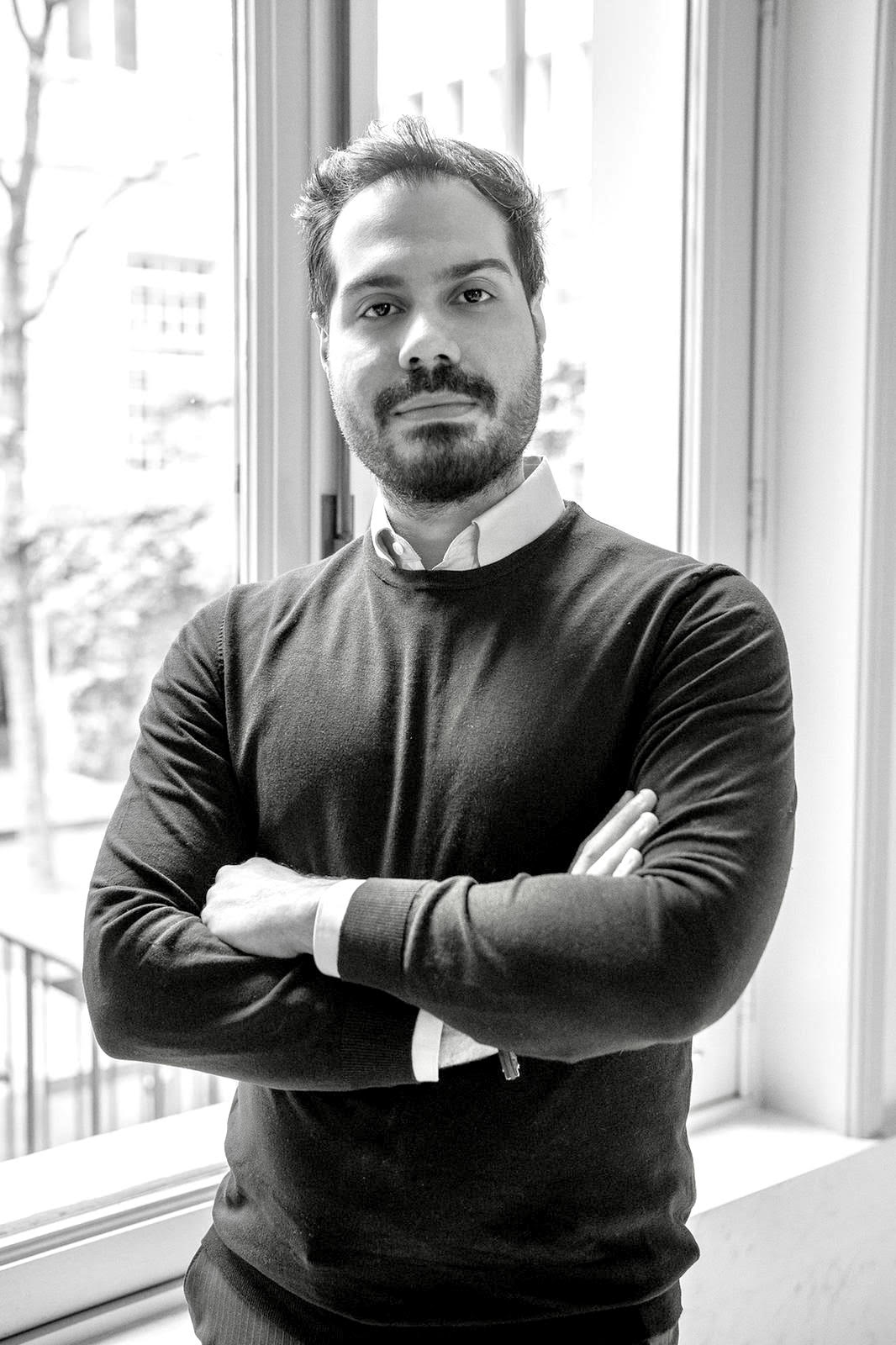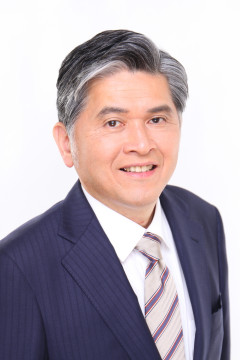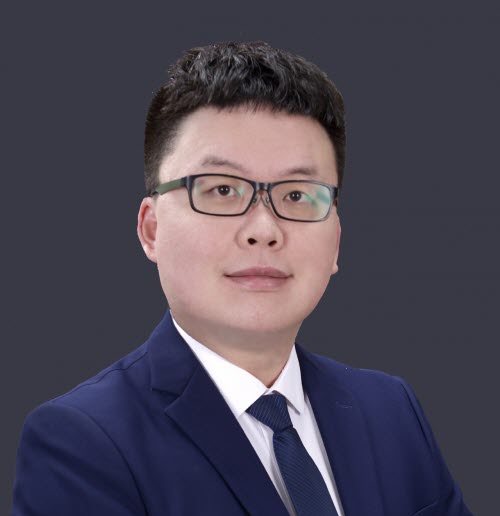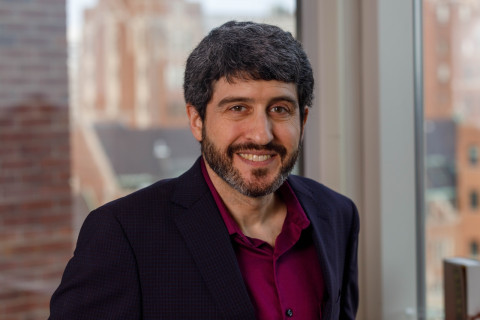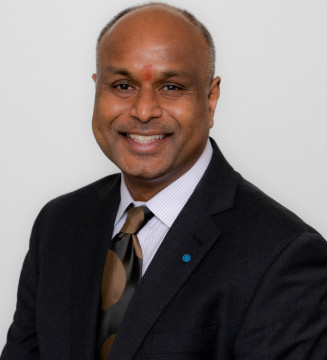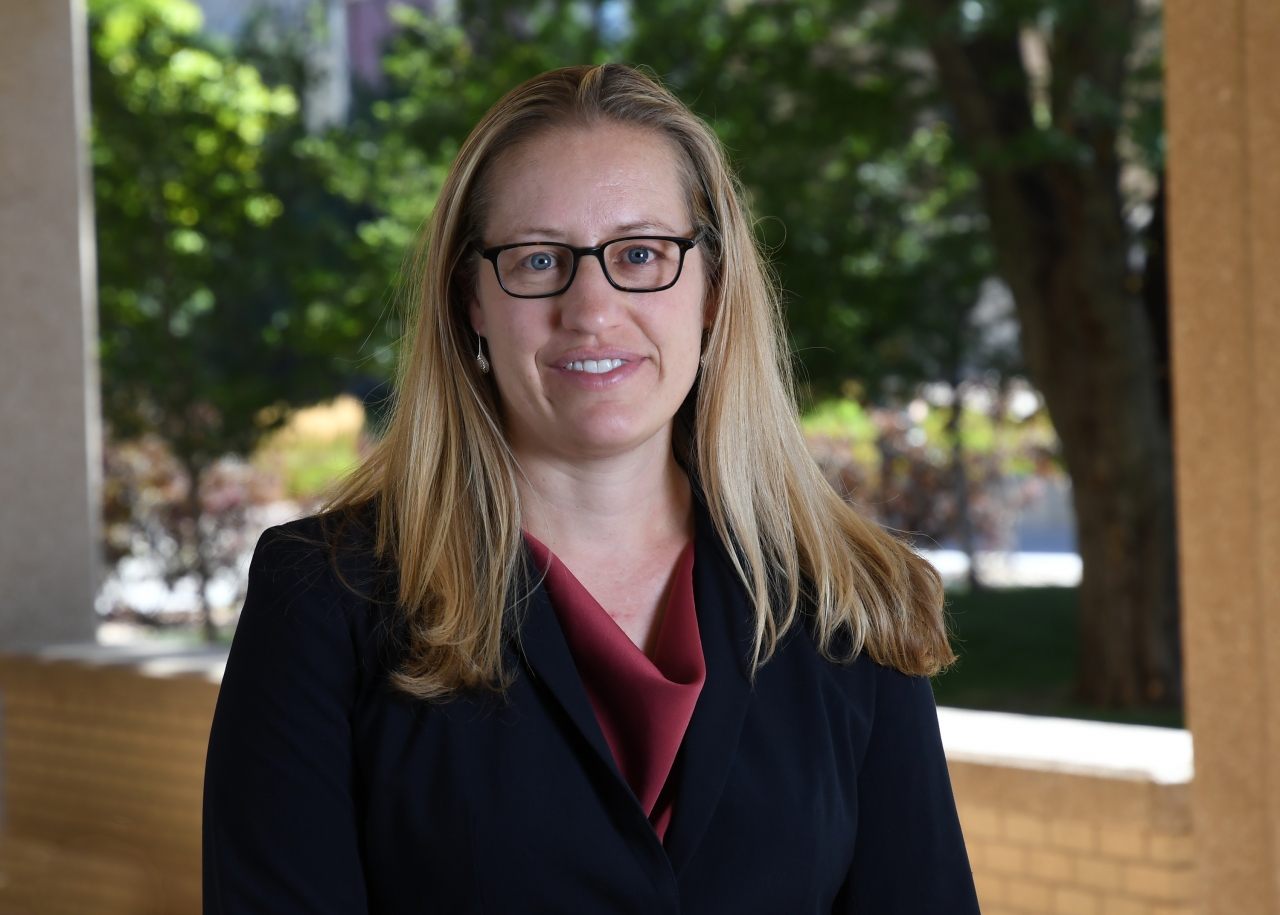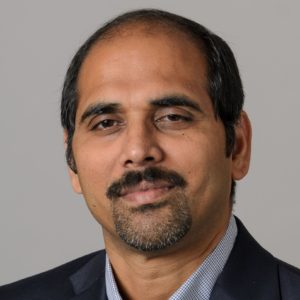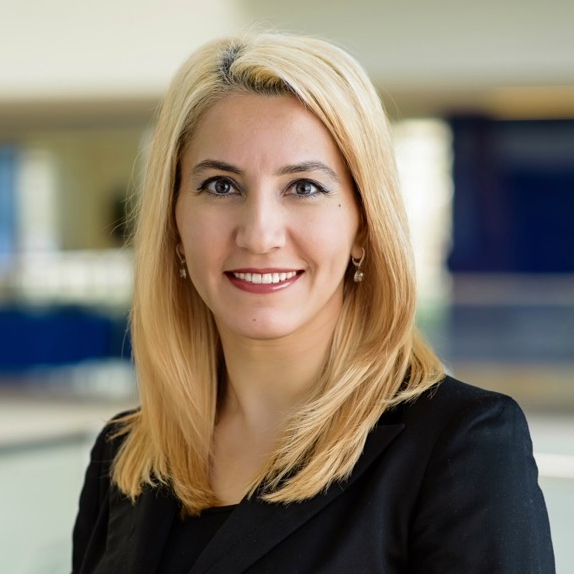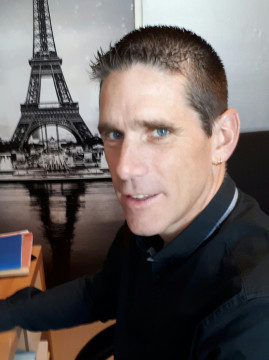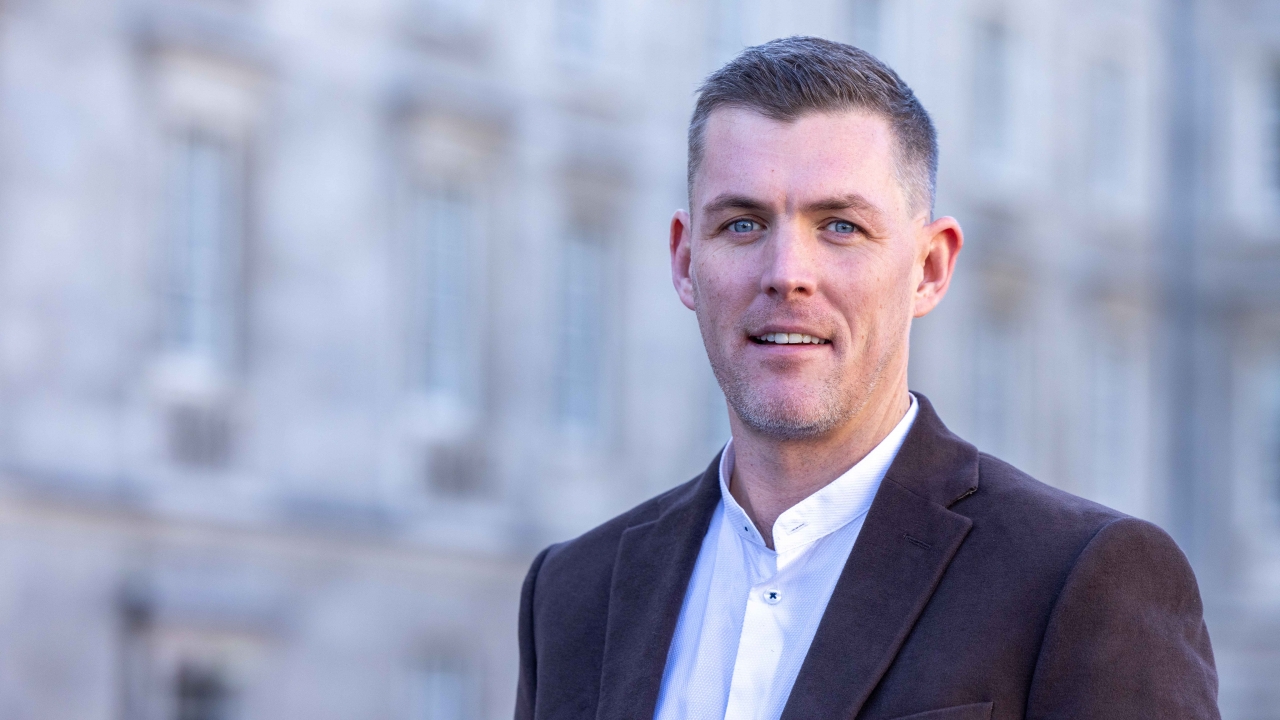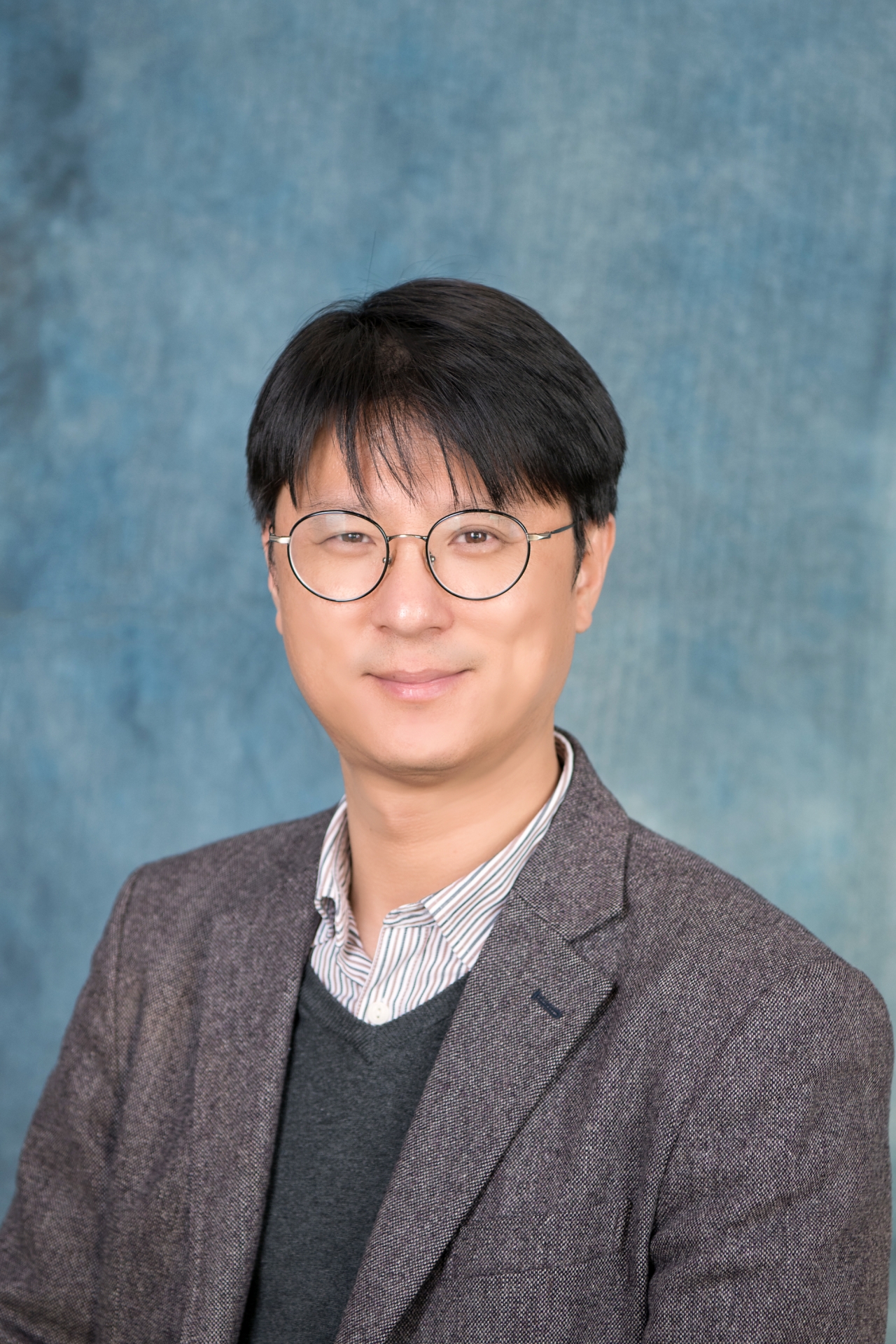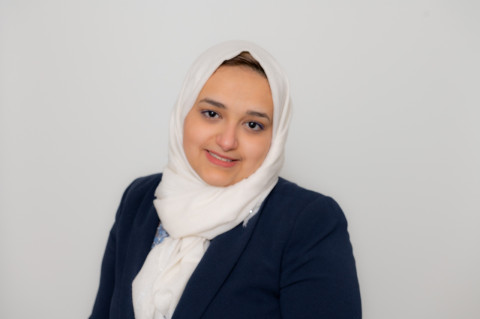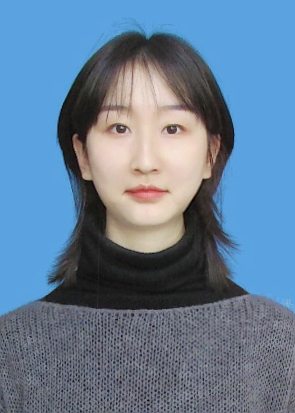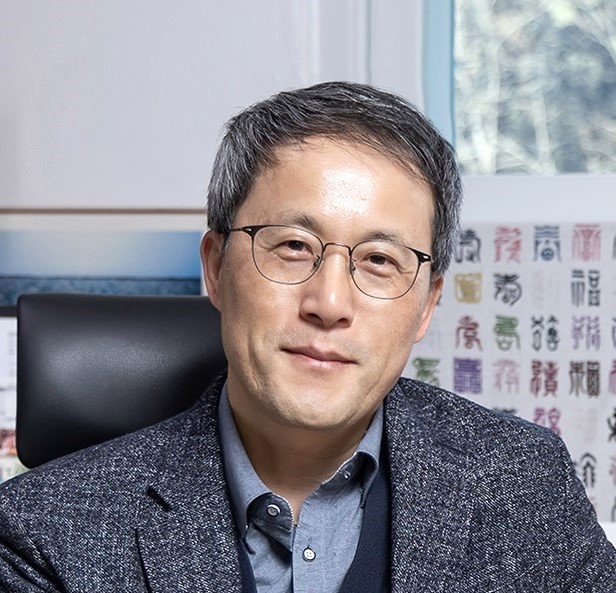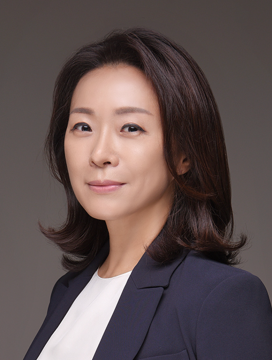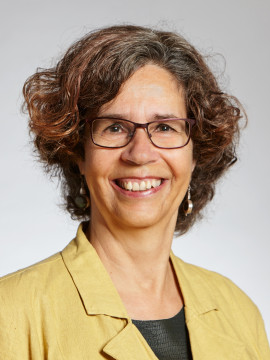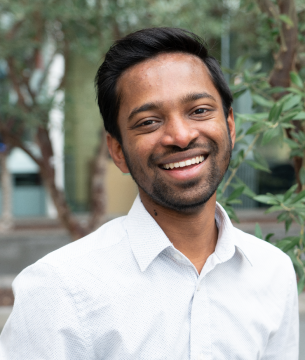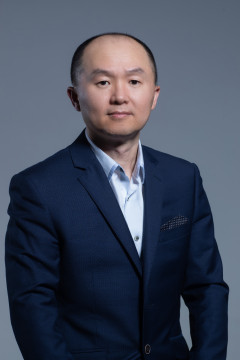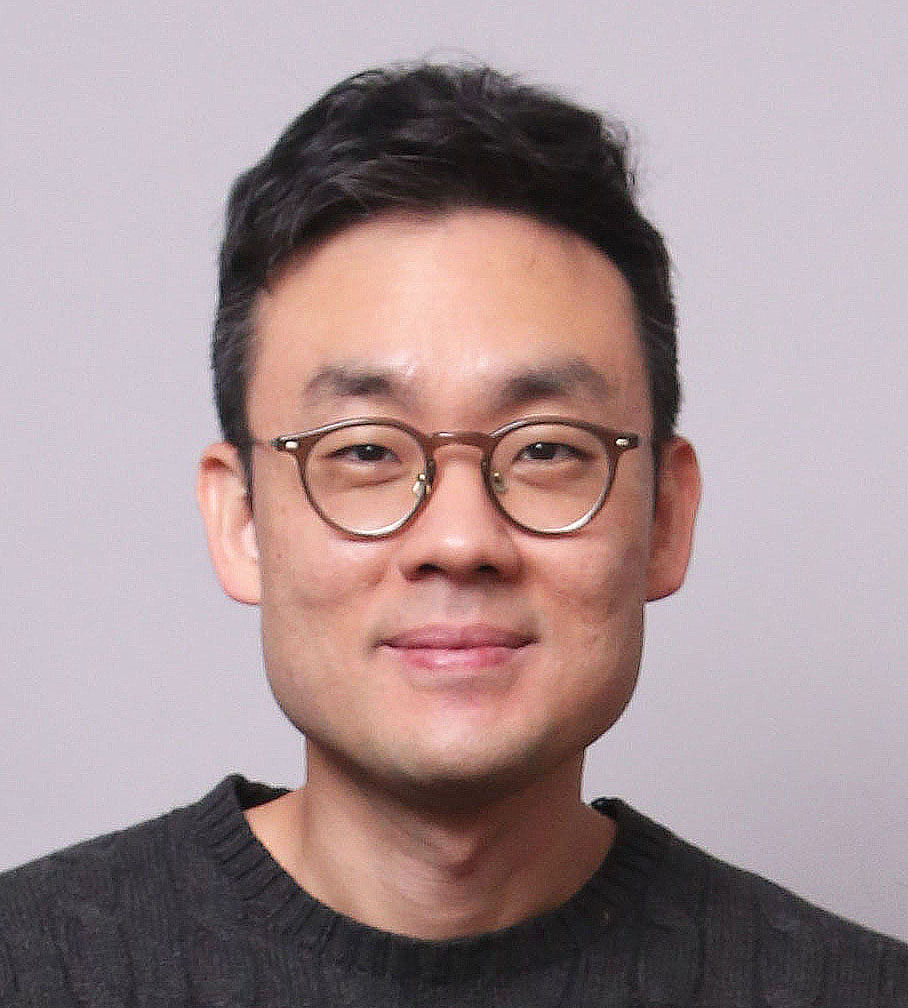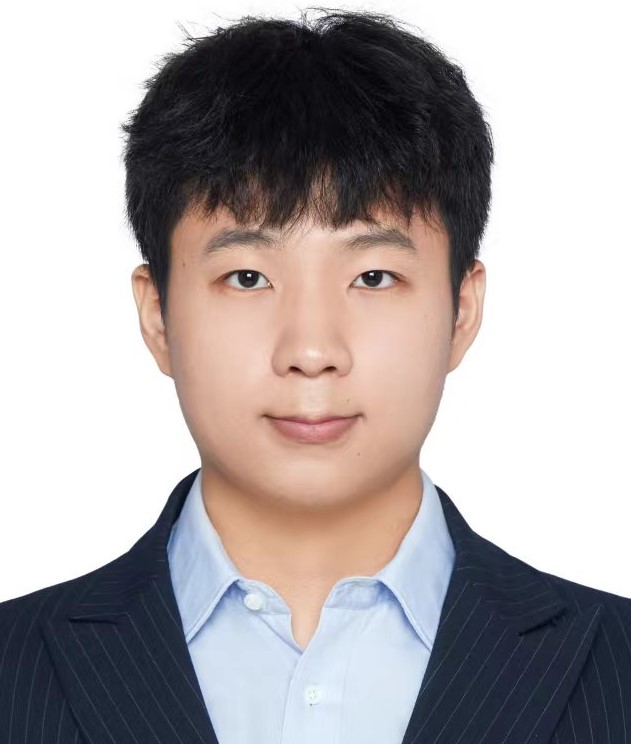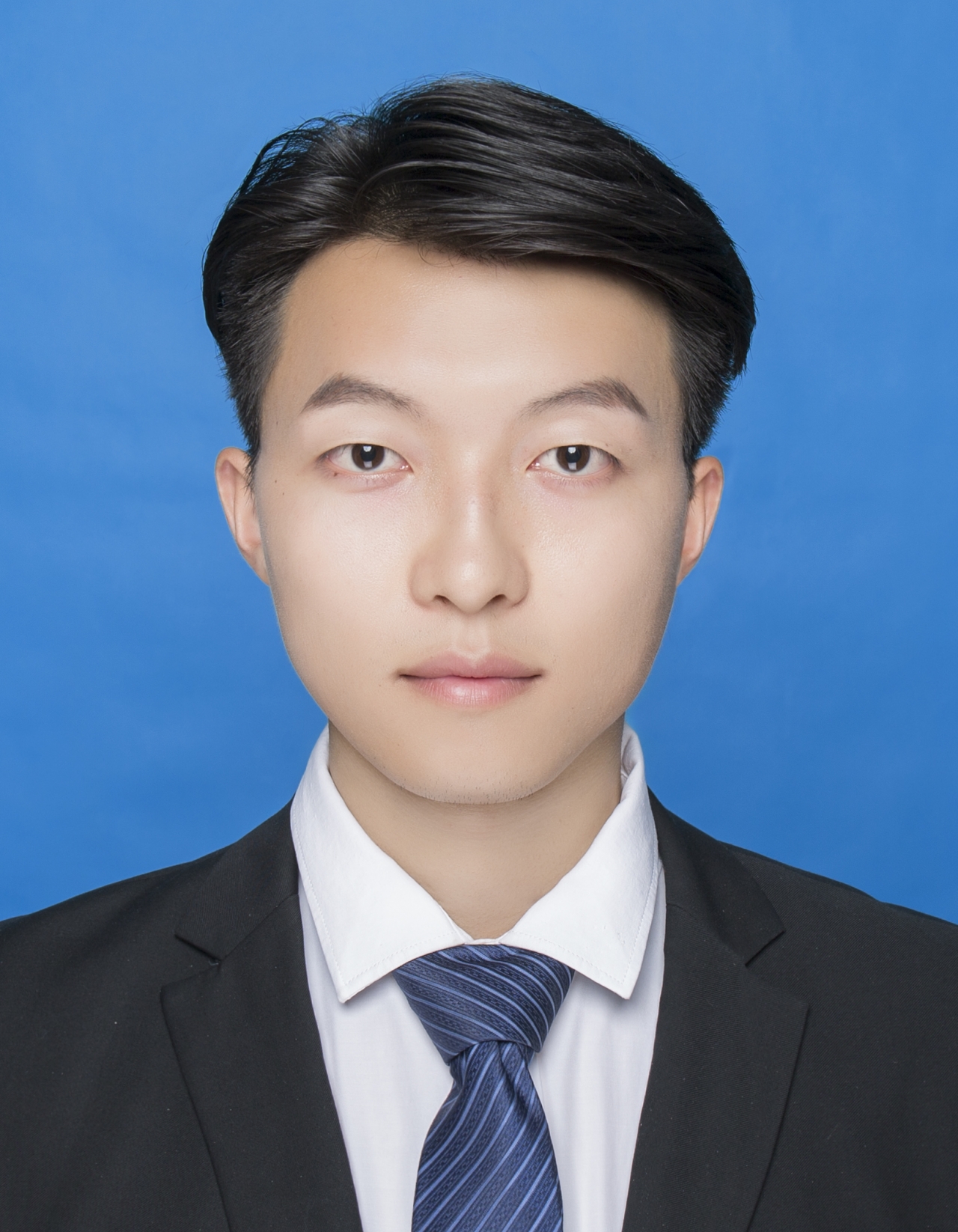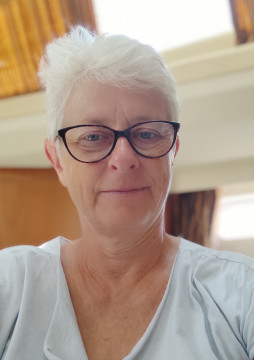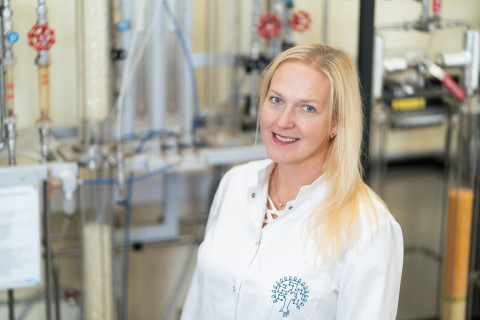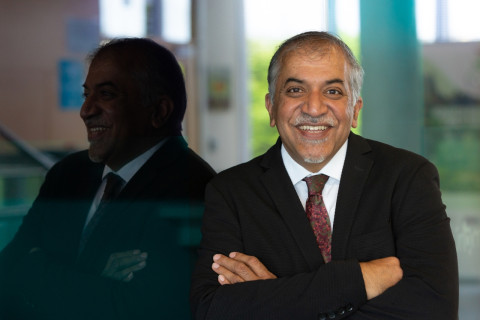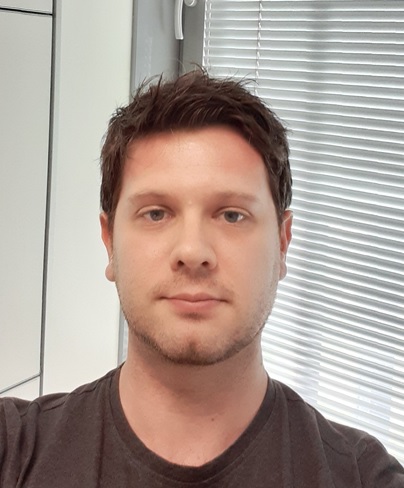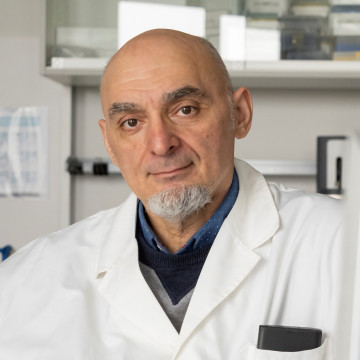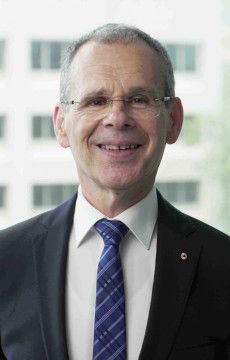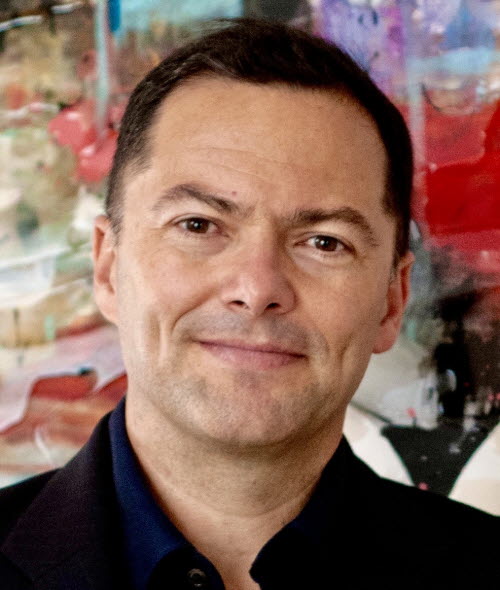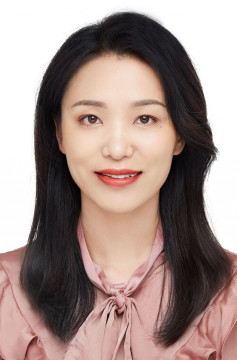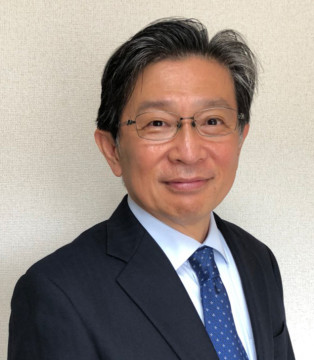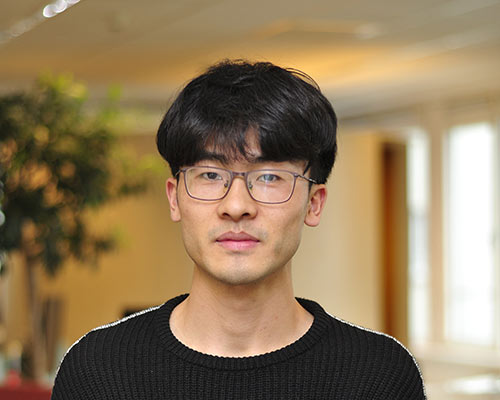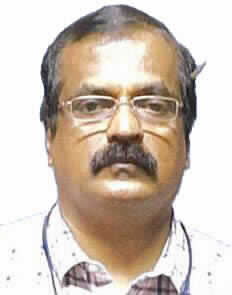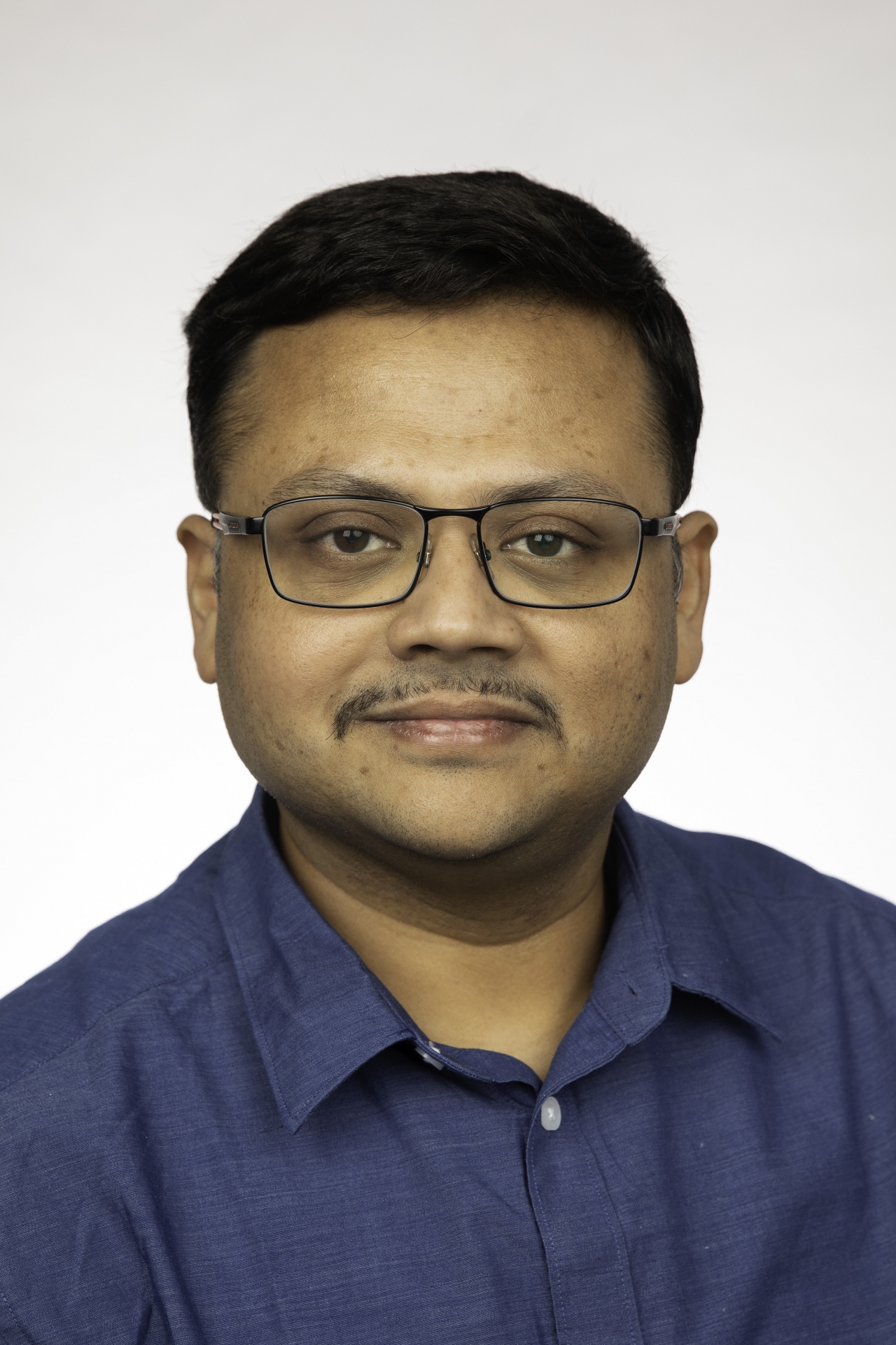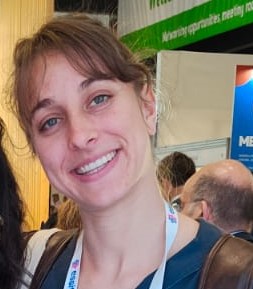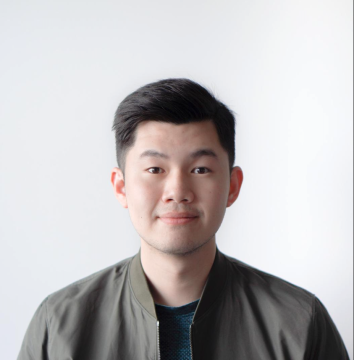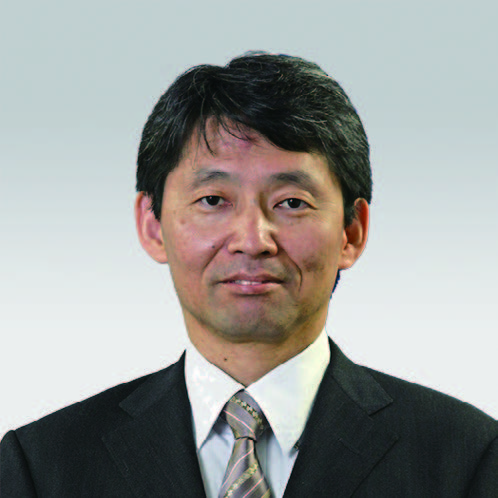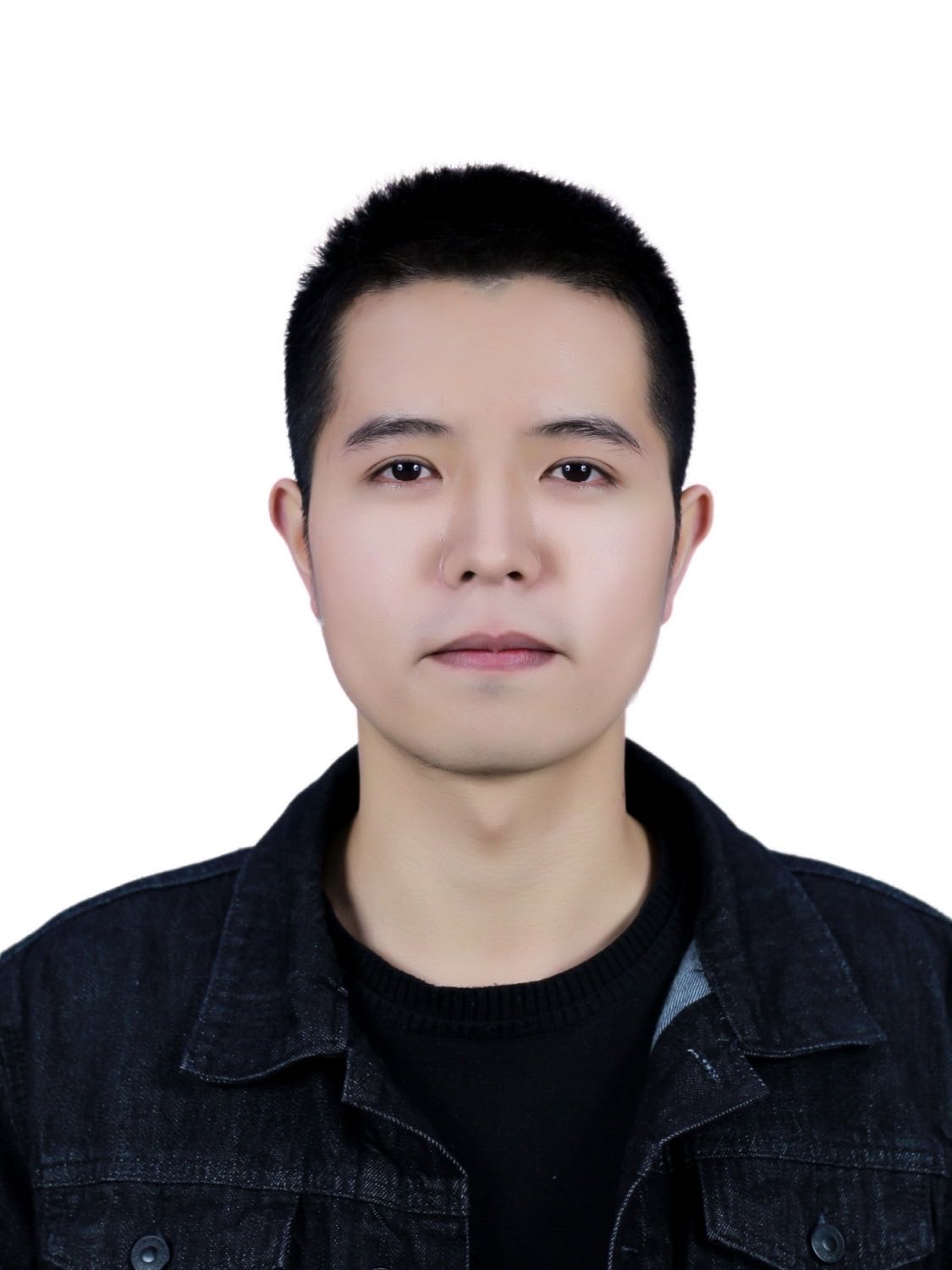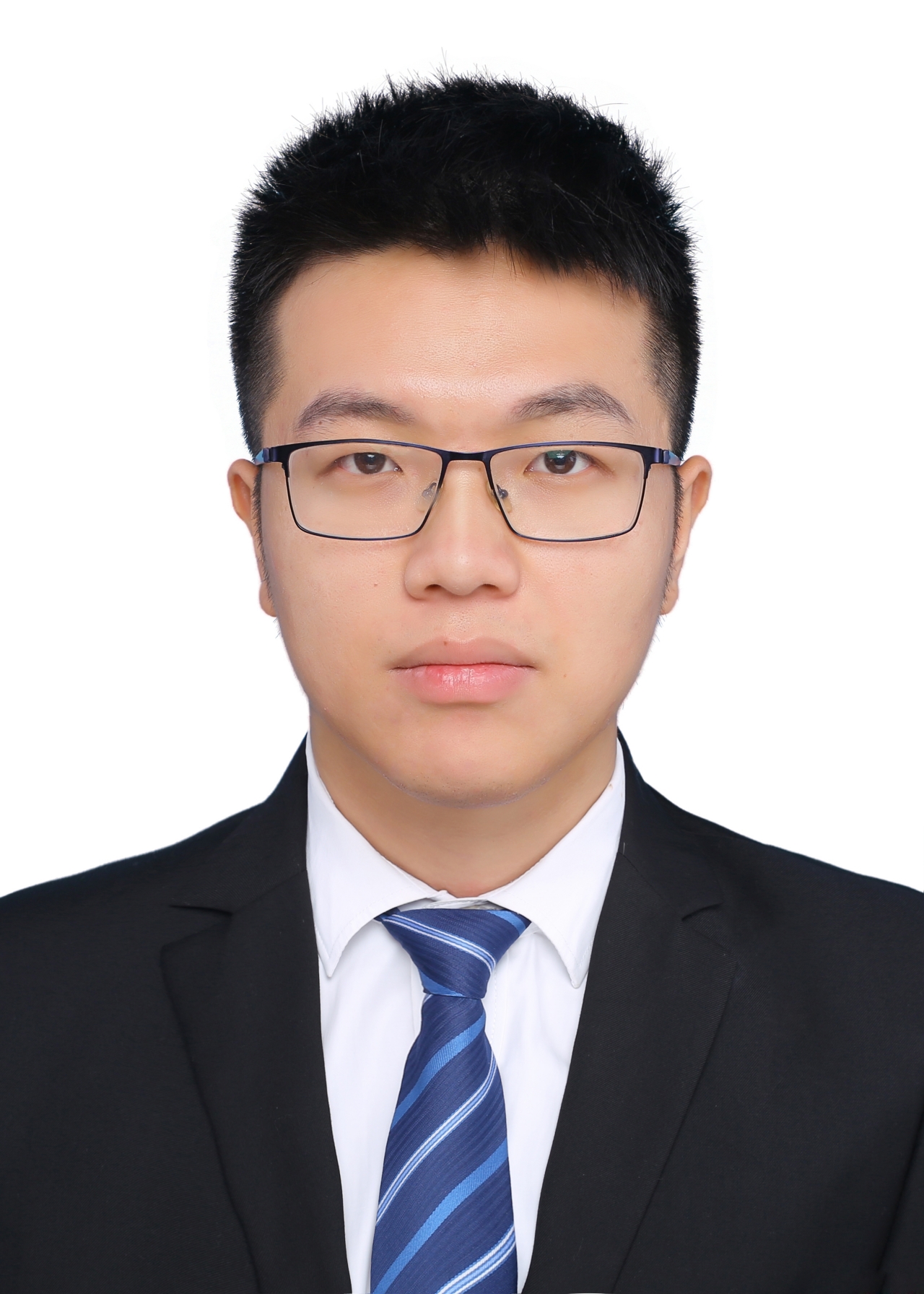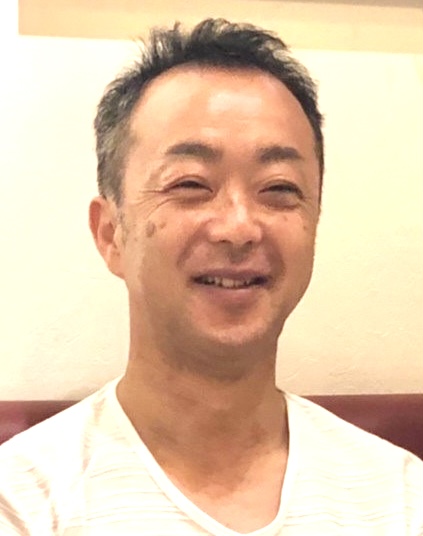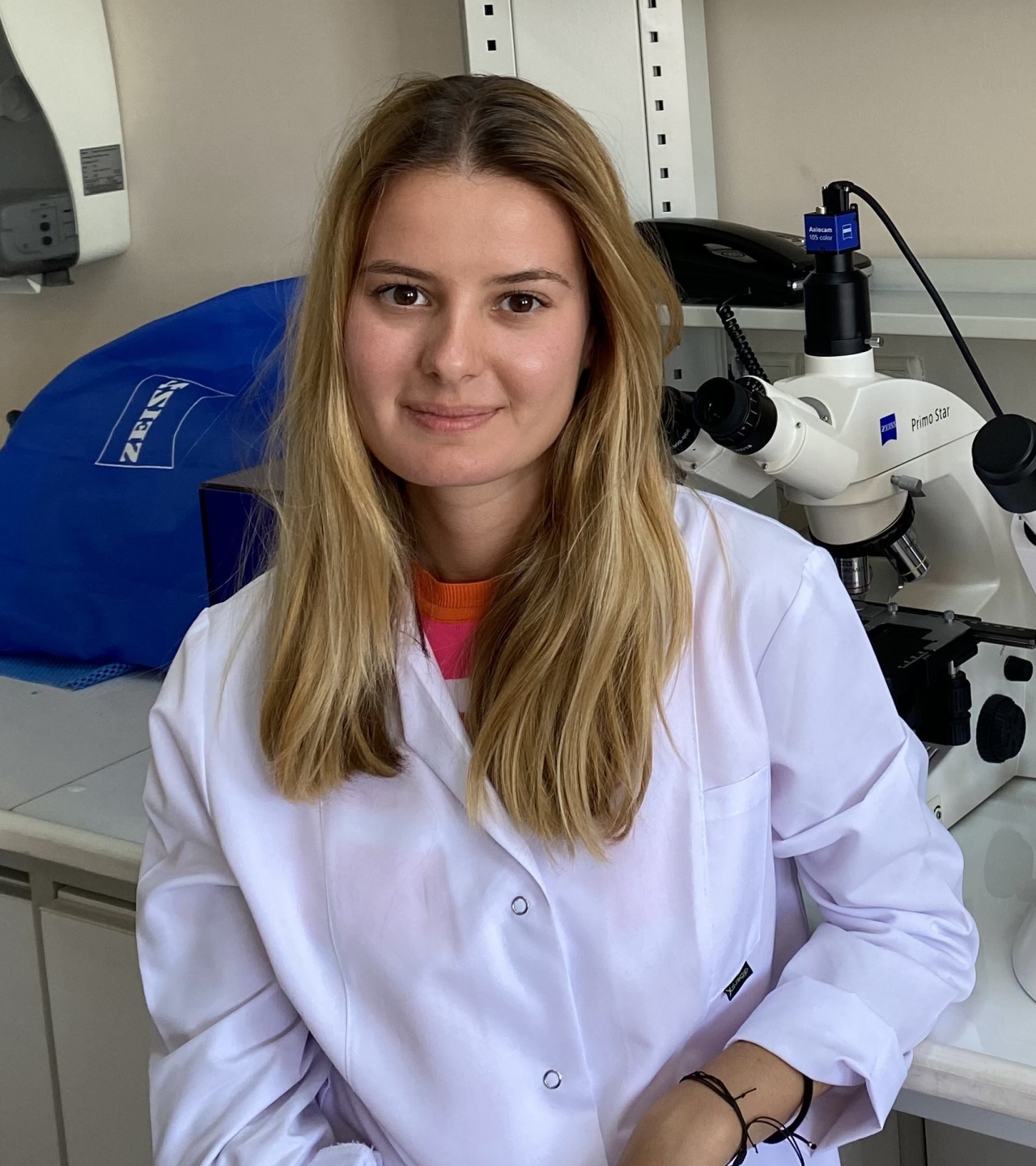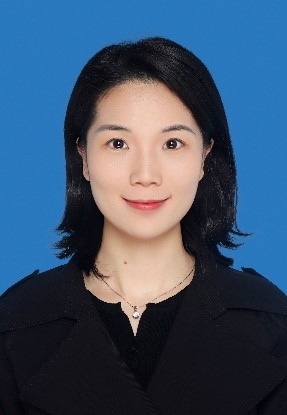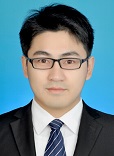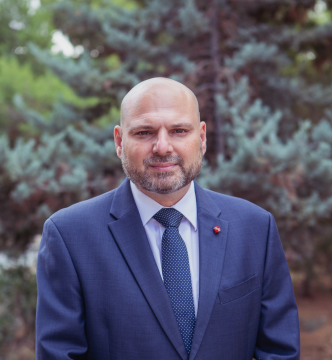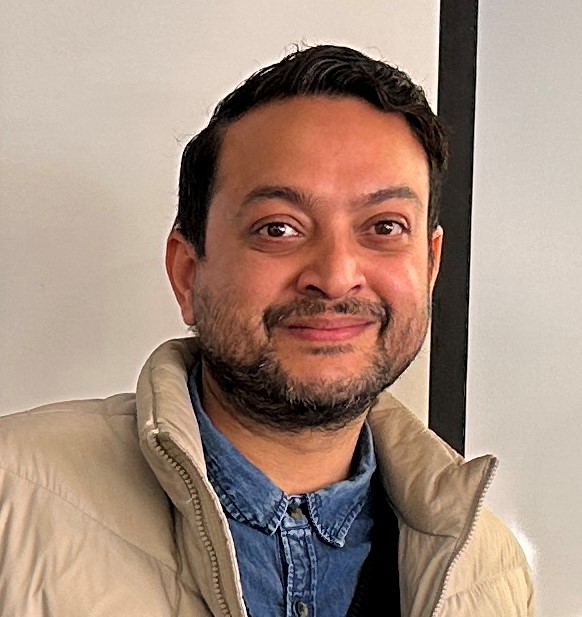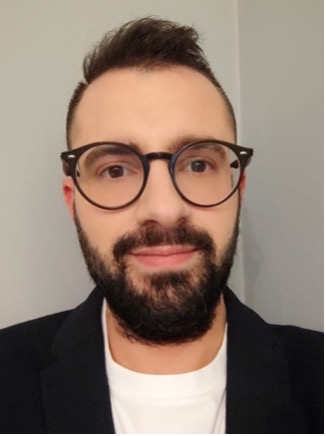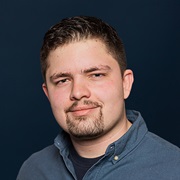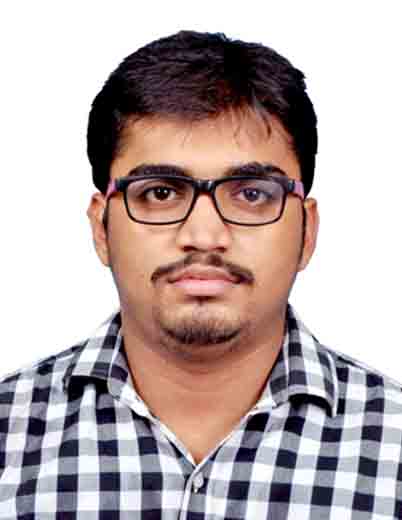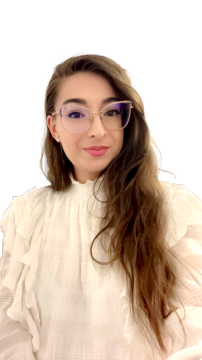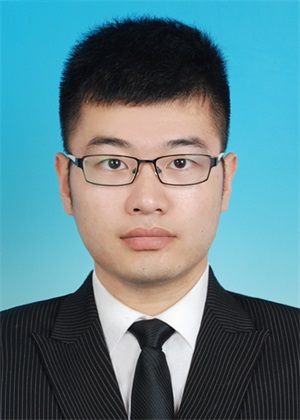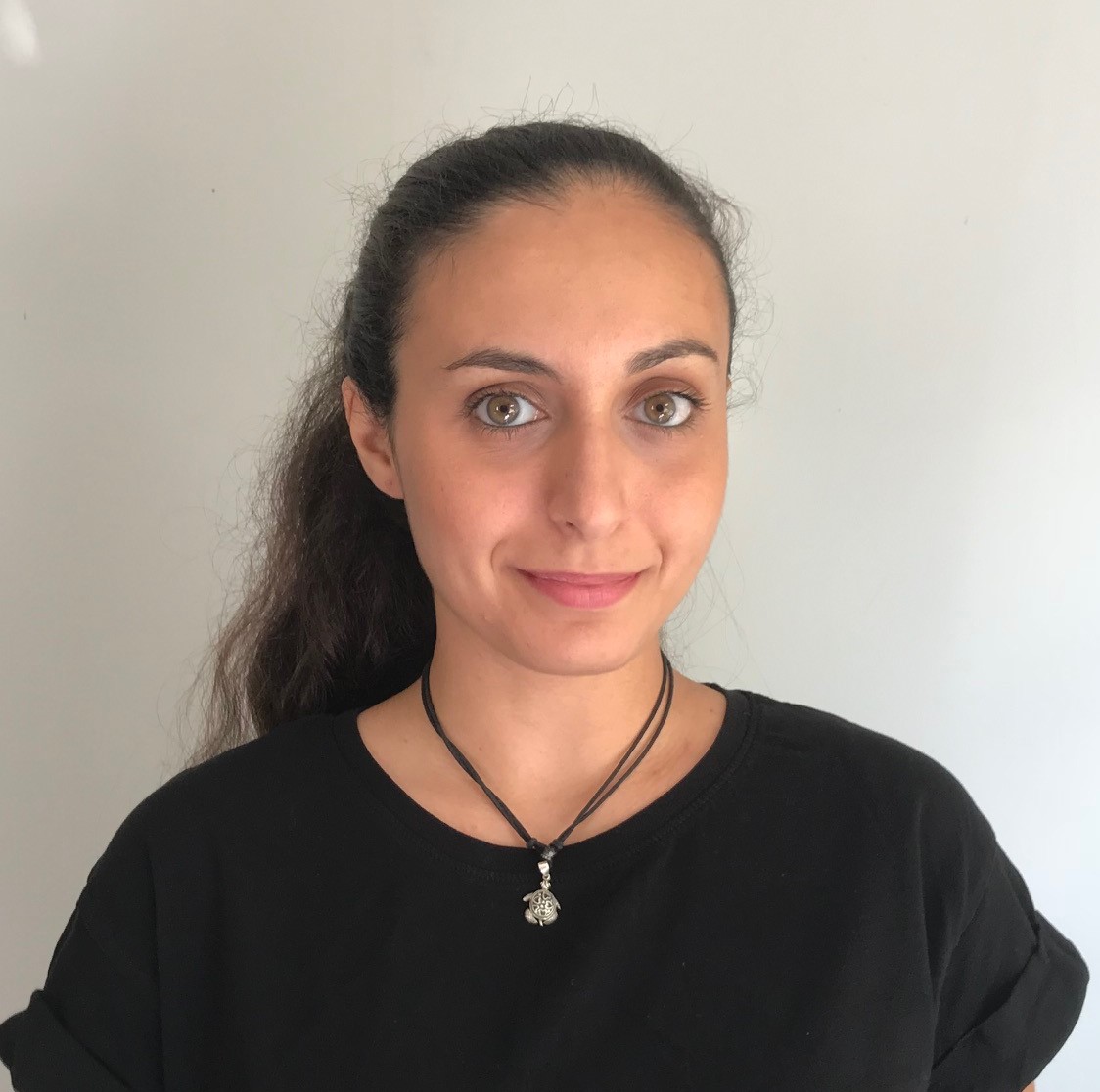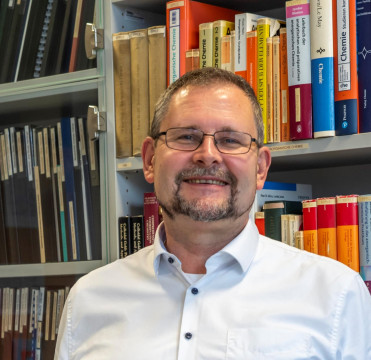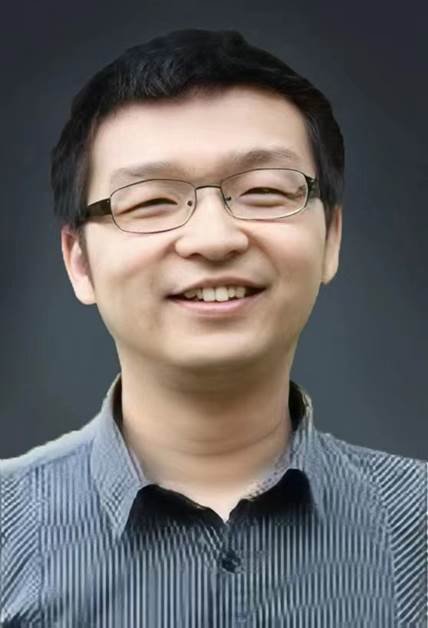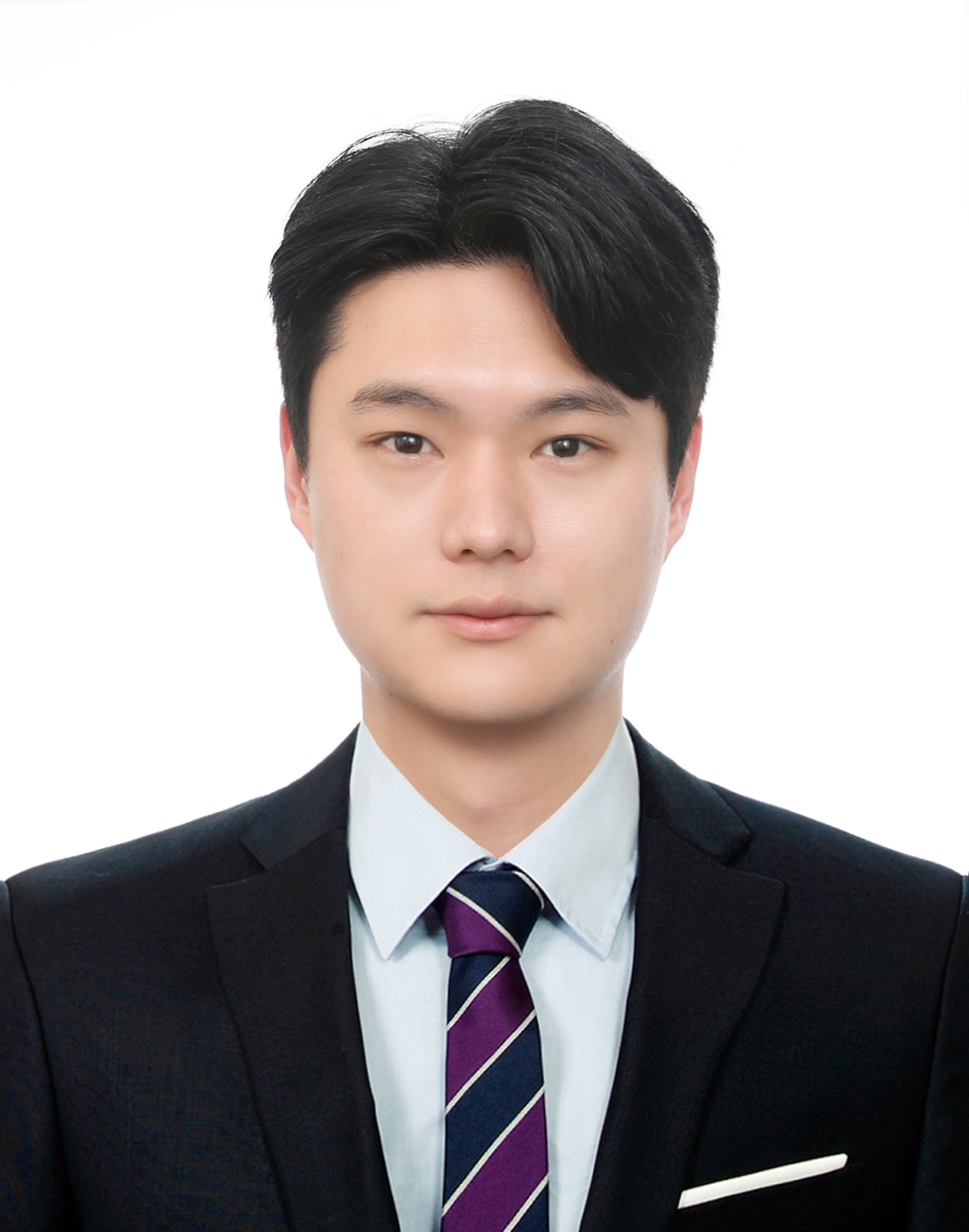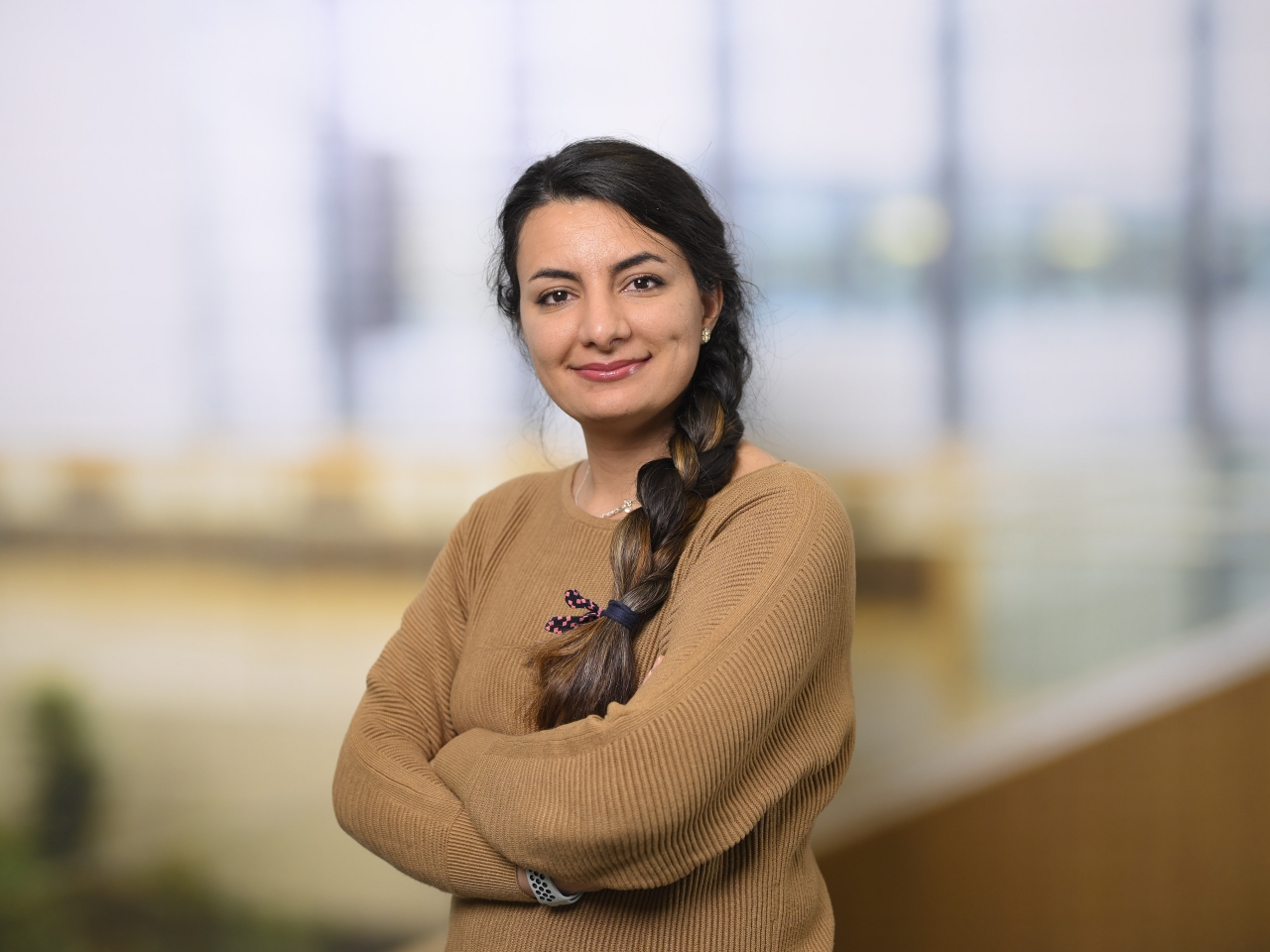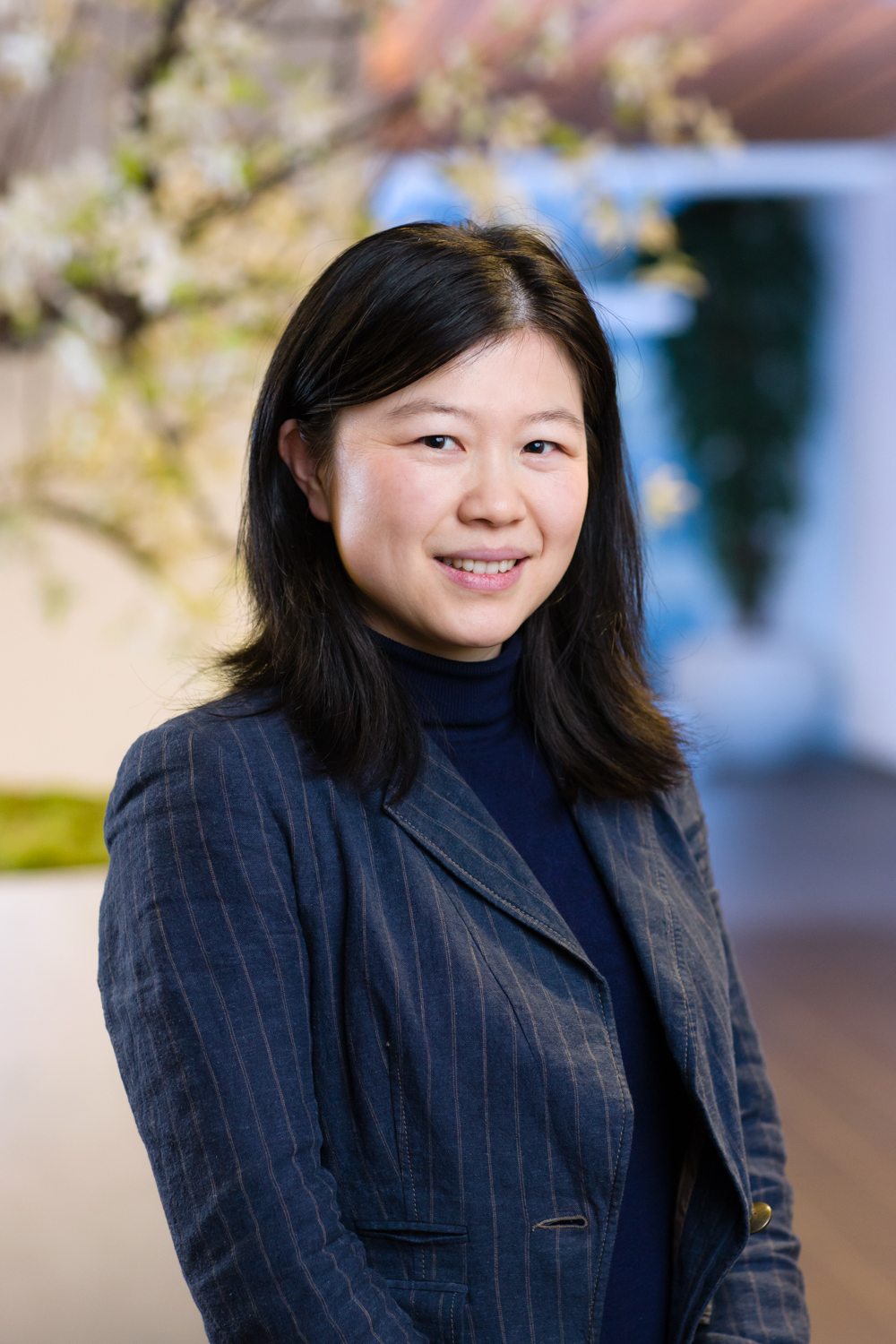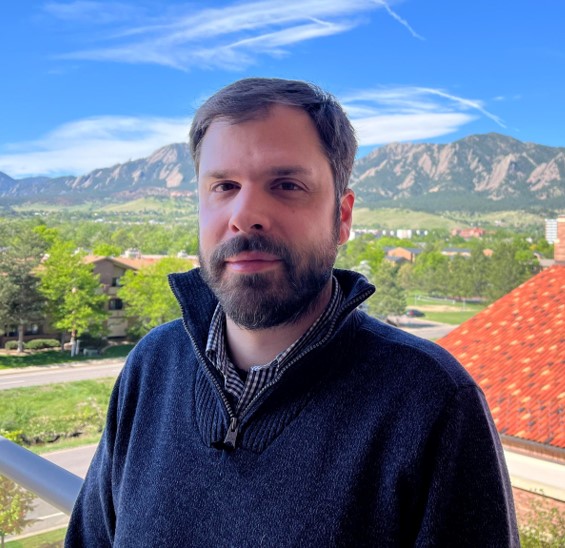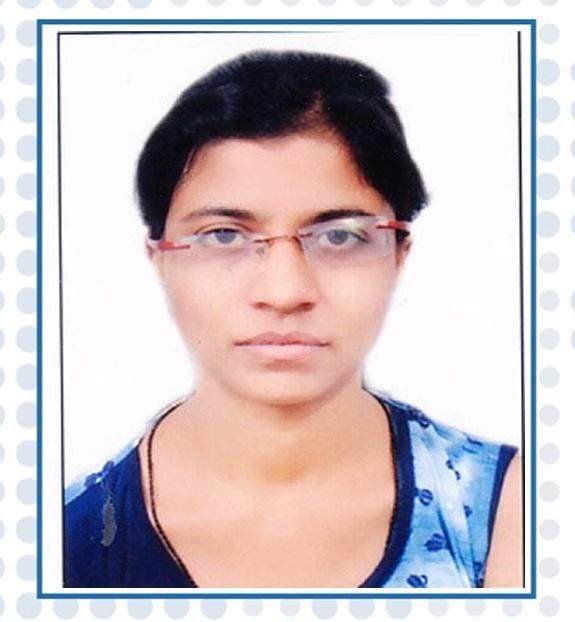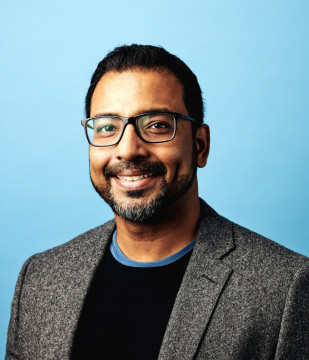Scientific Program
You can update your brief biography and profile picture on the [My Profile] page.
- Session TrackSpecial Lectures
- Session TitleCanadian Biomaterials Society Award Presentation Symposium
- Session CodeSP-T11-0375
- Date & Time / RoomMay 28 (Tue) 16:30~18:00 / Room 306-A
- Organizer
-
Marta Cerruti (McGill University, Canada)
- Chair
-
Marta Cerruti (McGill University, Canada)
Sophie Lerouge (École de Technologie Supérieure, Canada)
- Keynote Speaker
-
16:30~17:10 : Delivering Gene Medicines without Viruses Hasan Uludag (University of Alberta, Canada)
- Invited Speaker
-
17:10~17:30 : PEPTIDE-BASED MATERIALS FOR SOFT TISSUE AND ORGAN REPAIR Emilio Alarcon (University of Ottawa, Canada)
17:30~17:50 : Nanoparticle nanoassemblies with stimulus-responsive properties for enhanced local drug delivery Todd Hoare (McMaster University, Canada)
- Session TrackSpecial Lectures
- Session TitleSymposium on Frontiers of Biomaterials Science and Engineering in Honor of Professor Xingdong Zhang
- Session CodeSP-T11-0386
- Date & Time / RoomMay 27 (Mon) 16:30~18:00 / Room 325-AB
- Organizer
-
Hua Ai (Chinese Society for Biomaterials, China)
- Chair
-
Yuliang Zhao (National Center for Nanoscience and Technology, China)
Nicholas Peppas (University of Texas at Austin, USA)
- Keynote Speaker
-
16:30~17:00 : 3D printable biomaterials for tissue engineering Antonios Mikos (Rice University, USA)
- Invited Speaker
-
17:00~17:15 : Hydrogels for Orthopedic Repair: Preclinical Progress and Commercial Application Arthur J. Coury (Northeastern University, USA)
17:15~17:30 : Advancing Biomaterials: On the Shoulders of Giants Serena Best (University of Cambridge, United Kingdom)
17:30~17:45 : Tissue-inducing biomaterials: current status and future development Kai Zhang (Sichuan University, China)
- Session TrackSpecial Lectures
- Session TitleMechanobiology with Biomaterials (in conjunction with MRC Mechanobiology Dental Medicine Research Center)
- Session CodeSP-T11-0392
- Date & Time / RoomMay 30 (Thu) 16:30~18:00 / Room 325-AB
- Organizer
-
Hae-Won Kim (Dankook University, Korea, Republic of)
- Chair
-
Hae-Won Kim (Dankook University, Korea, Republic of)
Dong-Hwee Kim (Korea University, Korea, Republic of)
- Keynote Speaker
-
16:30~16:55 : Mecchanoceuticals for cell engineering Song Li (UCLA, USA)
Chwee Teck Lim (National University of Singapore, Singapore)
- Invited Speaker
-
17:20~17:30 : Understanding the forces that control cell fate and disease progressio Yongsung Hwang (Soonchunhyang University, Korea, Republic of)
17:30~17:40 : Stiffened matrix and oncogenic signaling synergistically promote oral carcinogenesis Jeongeun Hyun (Dankook University, Korea, Republic of)
17:40~17:50 : Fluorescent proteins-based tension sensors for cell-ECM mechanotransduction Tae-Jin Kim (Pusan National University, Korea, Republic of)
17:50~18:00 : Regulation of silk-Collagen hydrogel promotes therapeutic effects of mesenchymal stem cells on neovascularization in hindlimb ischemia via FAK/Src signal axis Jun Hee Lee (Dankook University, Korea, Republic of)
- Session TrackSpecial Lectures
- Session TitleActa Biomaterialia 2024 Gold and Silver Medals, Technical Session
- Session CodeSP-T11-0395
- Date & Time / RoomMay 30 (Thu) 16:30~18:30 / Room 324-A
- Organizer
-
Arthur J. Coury (Northeastern University, USA)
- Chair
-
Arthur J. Coury (Northeastern University, USA)
Kristi Anseth (University of Colorado Boulder, USA)
- Invited Speaker
-
16:45~17:05 : Self-assembled lipid-prodrug nanomedicines: an emerging field for the treatment of severe diseases Patrick Couvreur (Université Paris-Saclay, France)
17:05~17:25 : Making a polyester's difference in drug delivery Ravi Kumar (University of Alabama, USA)
17:40~18:00 : Supercharging immunotherapy with nanotechnology: structure matters Natalie Artzi (BWH, USA)
18:00~18:20 : Biosensing, nanotechnology and the future of biomimetic materials Nicholas Peppas (University of Texas at Austin, USA)
- Session TrackSpecial Lectures
- Session TitleActa Biomaterialia: Global Perspectives in Launching an Independent Career
- Session CodeSP-T11-0396
- Date & Time / RoomMay 29 (Wed) 16:30~18:00 / Room 325-CD
- Organizer
-
Sarah Heilshorn (Stanford University, USA)
- Chair
-
Sarah Heilshorn (Stanford University, USA)
- Invited Speaker
-
16:30~16:50 : Cognoscenti Career Passageway in Biomaterials Science Dietmar Hutmacher (Queensland University of Technology, Australia)
16:50~17:10 : A Journey from Studying Abroad to an Independent Career in Biomaterials Nasim Annabi (University of California, Los Angeles (UCLA), USA)
17:10~17:30 : Benefiting from international experiences in different regions Liliang Ouyang (Tsinghua University, China)
17:30~17:50 : Bridging Continents: Navigating an International Path from Student to Scholar Junmin Lee (POSTECH, Korea, Republic of)
- Session TrackSpecial Lectures
- Session TitleBiomaterials Award Session
- Session CodeSP-T11-0397
- Date & Time / RoomMay 28 (Tue) 16:30~18:00 / Room 324-A
- Organizer
-
Emma Xu (Elsevier, China)
- Chair
-
Kam W. Leong (Columbia University, USA)
- Invited Speaker
-
16:30~16:50 : Biomaterials for Tissue Engineering and Disease Modeling Antonios Mikos (Rice University, USA)
Ali Khademhosseini (Terasaki Institute, USA)
17:10~17:30 : Photocrosslinkable Polymers for Tissue Regeneration Xin Zhao (The Hong Kong Polytechnic University, Hong Kong SAR, China)
17:30~17:50 : Revitalizing exhausted T Cells with IL-10: a journey from lab discovery to clinical application for enhanced cancer immunotherapy Li Tang (EPFL, Switzerland)
- Session TrackSpecial Lectures
- Session TitleSpecial Symposium in Memory of Professor Sung Wan Kim
- Session CodeSP-T11-0401
- Date & Time / RoomMay 30 (Thu) 13:40~14:55 / Room 306-B
- Organizer
-
Yong-Hee Kim (Hanyang University, Korea, Republic of)
- Chair
-
Yong-Hee Kim (Hanyang University, Korea, Republic of)
Youngro Byun (Seoul National University, Korea, Republic of)
- Keynote Speaker
-
13:40~13:55 : Sung Wan Kim’s Legacy in Biomaterials, Polymer and Pharmaceutics Nicholas Peppas (University of Texas at Austin, USA)
- Invited Speaker
-
13:55~14:10 : Research and Friendships with Professor Sung Wan Kim at the University of Utah Yong Kiel Sung (Dongguk University, Korea, Republic of)
14:10~14:25 : In Memory of Dr. Sung Wan Kim: A Pioneer in Biomaterials and Drug Delivery Hamid Ghandehari (University of Utah, USA)
14:25~14:40 : My great senior, the late Prof. SW. Kim Suong-Hyu Hyon (BMG Inc., Japan)
14:40~14:55 : TBA Youngro Byun (Seoul National University, Korea, Republic of)
- Session TrackSpecial Lectures
- Session TitleSFB Awards Ceremony and Plenary Presentations 2
- Session CodeSP-T11-0482
- Date & Time / RoomMay 29 (Wed) 16:30~18:00 / Room 306-A
- Organizer
-
Dan Lemyre (Society For Biomaterials (US), USA)
- Chair
-
Shelly Sakiyama-Elbert (University of Washington, USA)
Sarah Stabenfeldt (Arizona State University, USA)
- Invited Speaker
-
16:30~17:00 : Building a virtual community of Latinx biomedical engineers Brian Aguado (University of California San Diego, USA)
16:30~17:00 : The LatinXinBME Story - Society for Biomaterials Diversity, Equity, and Inclusion Award lecture Aåçna Maria Porras (University of Florida, USA)
17:00~17:30 : Multifunctional polyurethane foams for hemorrhage control in traumatic wounds Mary Beth Monroe (Syracuse University, USA)
Timmie Topoleski (University of Maryland, Baltimore County, USA)
17:45~18:00 : Nondestructive, longitudinal, 3D cell viability assessment using oxygen imaging Mrignayani Kotecha (O2M Technologies, LLC, USA)
- Session TrackBioactive materials
- Session TitleSmart biomaterials for the modulation of inflammation and coagulation process
- Session CodeSP-T12-0266
- Date & Time / RoomMay 28 (Tue) 16:30~18:00 / Room 322
- Organizer
-
Wendong Gao (Queensland University of Technology, Australia)
- Chair
-
Yingying Du (Huazhong University of Science and Technology, China)
- Keynote Speaker
-
Yin Xiao (Griffith University, Australia)
- Invited Speaker
-
16:55~17:10 : Immunomodulation Based Strategy for Improving Metal Implant-Soft Tissue Integration Zetao Chen (Sun Yat-sen University, China)
17:10~17:25 : Multifunctional magnetic nanovesicles for treating severe bacteremia Joo Hun Kang (Ulsan National Institute of Science & Technology, Korea, Republic of)
- Oral Presenter
-
17:25~17:35 : Rendering antimicrobial hernia meshes without an adverse immune reaction Cynthia Calligaro (SPARTHA Medical, France)
17:35~17:45 : Superhydrophilic poly(ε-caprolactone)/Tween-20 electrospun fiber coated with chitosan/heparin - A promising material for developing cardiac patches Roberta Maia Sabino (University of Wyoming, USA)
17:45~17:55 : An off-the-shelf artificial blood clot hydrogel neutralizing multiple proinflammatory mediators for pro-regenerative periodontitis treatment Yini Huangfu (Tianjin University, China)
- Session TrackBioactive materials
- Session TitleSmart biomaterials for the modulation of inflammation
- Session CodeSP-T12-0269
- Date & Time / RoomMay 27 (Mon) 13:00~14:30 / Room 322
- Organizer
-
Lan Xiao (Queensland University of Technology, Australia)
- Chair
-
Lan Xiao (Queensland University of Technology, Australia)
Yulin Li (East China University of Science and Technology, China)
- Keynote Speaker
-
13:00~13:25 : Dynamic immune modulation empowered by designer biomaterials Yong Taik Lim (Sungkyunkwan University, Korea, Republic of)
- Invited Speaker
-
13:25~13:40 : Heparin loading microsphere conjugated pancreatic islets transplantation for prevention of IBMIR Jee-Heon Jeong (Sungkyunkwan University, Korea, Republic of)
13:40~13:55 : Synthetic nano-engineered antimicrobial polymers (SNAPs) Sebastien Perrier (University of Warwick, United Kingdom)
- Oral Presenter
-
13:55~14:05 : Nanozymes-armed Microbes for Alleviating Intestinal Inflammation and Microbiota Dysbiosis Zhengwei Mao (Zhejiang University, China)
14:05~14:15 : Effects of shape and surface property of thermoresponsive core-corona type particles on phagocytic behavior of macrophages Akihiko Kikuchi (Tokyo University of Science, Japan)
14:15~14:25 : Gas therapy and nanomedicine Xiaojun Cai (Wenzhou Medical University, China)
- Session TrackBioactive materials
- Session TitleDirecting cell fate & tissue regeneration by extracellular matrix signalling
- Session CodeSP-T12-0286
- Date & Time / RoomMay 28 (Tue) 13:40~15:10 / Room 322
- Organizer
-
Catherine Le Visage (Nantes University, France)
- Chair
-
Catherine Le Visage (Nantes University, France)
Evelyn Yim (University of Waterloo, Canada)
- Keynote Speaker
-
13:40~14:05 : Directing cell fate & tissue regeneration by biomimetic scaffolds Sing Yian Chew (Nanyang Technological University, Singapore)
- Invited Speaker
-
14:05~14:20 : Applications of Transplantable and Biodegradable Nanoarchitecture Scaffolds for Tissue Engineering Hee Seok Yang (Dankook University, Korea, Republic of)
14:20~14:35 : Overcoming Challenges in Islet Encapsulation for Bioartificial Pancreas Applications Kisuk Yang (Incheon National University, Korea, Republic of)
- Oral Presenter
-
14:35~14:45 : Tissue Tuning with Liminal Spaces and Signal Density: Reimagining the signalling landscape via Self Assembled Regenerative Hydrogels Richard Williams (Deakin University, Australia)
14:45~14:55 : Tissue-engineered highly biomimetic and anisotropic vascularized cardiac patch Feng Zhao (Texas A&M University, USA)
14:55~15:05 : High-throughput screening of physicochemical material properties to prevent biomaterial-associated fibrosis of implants Lisa Tromp (University Medical Center Groningen, Netherlands)
- Session TrackBioactive materials
- Session TitleMarine biomaterials towards tissue engineering
- Session CodeSP-T12-0295
- Date & Time / RoomMay 29 (Wed) 9:30~11:00 / Room 322
- Organizer
-
Hyung Joon Cha (Pohang University of Science and Technology, Korea, Republic of)
- Chair
-
Hyung Joon Cha (Pohang University of Science and Technology, Korea, Republic of)
Tiago H. Silva (University of Minho, Portugal)
- Keynote Speaker
-
9:30~9:55 : Innovative marine adhesive platform biomaterial for effective tissue regeneration Hyung Joon Cha (Pohang University of Science and Technology, Korea, Republic of)
- Invited Speaker
-
9:55~10:10 : Marine Inspired Biomaterials as enabling tools for different Advanced Therapies Tiago H. Silva (University of Minho, Portugal)
10:10~10:25 : Sutureless Bioelectronics Integrated with Tissue-adhesive Hydrogel Biointerfaces Inspired by Marine Mussels Mikyung Shin (Sungkyunkwan University, Korea, Republic of)
- Oral Presenter
-
10:25~10:35 : Marine Shells Biomaterials Jingdi Chen (Shandong University, China)
10:35~10:45 : From the Depths of the Sea to The Skin: Advancing Wound Healing through a Tough and Print-Friendly Marine Hydrogel Hafez Jafari (Polymer Chemistry and Biomaterials Group, Department of Organic and Macromolecular Chemistry, CMAC - Centre of Macromolecular Chemistry, Ghent University, Krijgslaan 281, 9000 Ghent, Belgium, Belgium)
10:45~10:55 : Cationic complexes of chelated nanohydroxyapatite modulate alveolar bone regeneratio Peilei Wang (Sichuan univercity, China)
- Session TrackBioactive materials
- Session TitleBiomaterials Functionalization with Tethered Growth Factors and Proteins for Tissue Engineering Applications
- Session CodeSP-T12-0299
- Date & Time / RoomMay 27 (Mon) 14:40~16:10 / Room 322
- Organizer
-
Oh Hyeong Kwon (Kumoh National Institute of Technology, Korea, Republic of)
- Chair
-
Oh Hyeong Kwon (Kumoh National Institute of Technology, Korea, Republic of)
Naoki Kawazoe (National Institute for Materials Science, Japan)
- Keynote Speaker
-
14:40~15:05 : Mussel-inspired adhesive growth factors for biosignalling materials. Yoshihiro Ito (RIKEN, Japan)
- Invited Speaker
-
15:05~15:20 : High-performance hydrogel bioadhesives and dressings for wounds healing Hongli Mao (Nanjing Tech University, China)
- Oral Presenter
-
15:20~15:30 : Cysteine mastery: transforming platelet lysate proteins into advanced microparticles Maria Clara Gomes (University of Aveiro, Portugal)
15:30~15:40 : Suspension sprayed calcium phosphate (CaP) coatings with antibacterial properties Maria Carolina Lanzino (University of Stuttgart, Germany)
15:40~15:50 : Polymer-based self-assembled coacervates Pengchao Zhao (South China University of Technology, China)
15:50~16:00 : Surface functionalization by micropatterning for investigation of stem cell differentiation in the viscous microenvironment Naoki Kawazoe (National Institute for Materials Science, Japan)
- Session TrackBioactive materials
- Session TitleBioactive Materials and Structures for Tissue Interface Engineering
- Session CodeSP-T12-0323
- Date & Time / RoomMay 28 (Tue) 9:30~11:00 / Room 322
- Organizer
-
Eben Alsberg (University of Illinois Chicago, USA)
- Chair
-
Sangamesh Kumbar (University of Connecticut Health, USA)
Melissa Krebs (Colorado School of Mines, USA)
- Keynote Speaker
-
9:30~9:55 : Osteochondral Interface Engineering: The role of Biomaterials Syam Nukavarapu (University of Connecticut, USA)
- Invited Speaker
-
9:55~10:10 : Unconventional Biomaterials for Tissue Engineering and Regenerative Medicine Gulden Camci-Unal (UMASS Lowell, USA)
Kyobum Kim (Dongguk University, Korea, Republic of)
- Oral Presenter
-
10:25~10:35 : Innovative biphasic 3D scaffold based on bioglass or bone inorganic matrix and biodegradable polymer honeycomb membrane for bone tissue engineering Emmanuel PAUTHE (CY Cergy Paris Université, France)
10:35~10:45 : SILICATE and Silicate-Based Bioactive Glasses as Potential Therapies for Medication-Related Osteonecrosis of the Jaw (MRONJ) Maria Florez Martin (University College London (UCL), United Kingdom)
10:45~10:55 : Biological performance in mini pigs of 3D Ti6Al4V–beta Calcium phosphate composite scaffolds Jiaping Li (Kuros Biosciences, Netherlands)
- Session TrackBioactive materials
- Session TitleElectroactive Biomaterials for Tissue Engineering and of Regenerative Medicine Applications
- Session CodeSP-T12-0202
- Date & Time / RoomMay 30 (Thu) 13:40~15:10 / Room 322
- Organizer
-
Vitor Correlo (3B’s Research Group I3Bs - Research Institute on Biomaterials, Biodegradables and Biomimetics of University of Minho, Portugal)
- Chair
-
Vitor Correlo (3Bs Research Group, I3Bs - Research Institute on Biomaterials, Biodegradables and Biomimetics of University of Minho, Portugal)
Il Keun Kwon (Department of Dental Materials, School of Dentistry, Kyung Hee University,, Korea, Republic of)
- Keynote Speaker
-
13:40~14:05 : Conductive Biomaterials for Tissue Engineering- Application of Conductive Polymers and 2D Nanomaterial Michael Monaghan (Trinity College Dublin, Ireland)
- Invited Speaker
-
14:05~14:20 : Graphene-incorporated conductive hydrogels as new functional biomaterial Jae Young Lee (Gwangju Institute of Science and Technology, Korea, Republic of)
- Oral Presenter
-
14:20~14:30 : Electrical and Chemical Stimulation Using Ionically Conductive Polymeric Implants for Soft Tissue and Wound Healing Sama Abdulmalik (University of Connecticut Health Center, USA)
14:30~14:40 : Electroactive biomaterials based on ion-doped piezoelectric barium titanate nanofibers for improved bone regeneration Tianyi Zheng (SINOPEC (Beijing) Research Institute of Chemical Industry Co., Ltd., China)
14:40~14:50 : Orally ingestible piezoelectric particulate stimulators for noninvasive vagus nerve stimulation in treating obesity and sepsis Cam Hoa Mac (National Tsing Hua University, Chinese Taipei)
14:50~15:00 : Redox-active and electroactive hydrogel for post-infarct myocardial repair enabled by a core-shell conductive polymer coating @MOF nanozyme Shuyi He (Sichuan University, China)
15:00~15:10 : Flexible, hydrophilic conductive elastomers for soft bioelectronic applications Estelle Cuttaz (Imperial College London, United Kingdom)
- Session TrackBioactive materials
- Session TitleExtracellular matrix for mechanobiology and therapeutics
- Session CodeSP-T12-0211
- Date & Time / RoomMay 30 (Thu) 9:30~11:00 / Room 322
- Organizer
-
Kwideok Park (Korea Institute of Science and Technology, Korea, Republic of)
- Chair
-
Kwideok Park (Korea Institute of Science and Technology, Korea, Republic of)
Jennifer H. Shin (Korea Advanced Institute of Science and Technology, Korea, Republic of)
- Keynote Speaker
-
9:30~9:55 : BLOOD AS DRIVER OF REGENERATIVE PROCESSES Viola Vogel (ETH Zürich, Switzerland)
- Invited Speaker
-
9:55~10:10 : Engineering Extracellular Matrix: Components, Mechanics, and Architecture Pilnam Kim (Korea Advanced Institute of Science and Technology, Korea, Republic of)
10:10~10:25 : Hybrid hydrogel-extracellular matrix scaffolds identify distinct roles of matrix in cardiac aging Jennifer Young (National University of Singapore, Singapore)
10:25~10:40 : Molecular tension-dependent integrin-ligand binding regulates mechanosensitive cell adhesion and migration Dong-Hwee Kim (Korea University, Korea, Republic of)
- Oral Presenter
-
10:40~10:50 : Norbornene-modified decellularized small intestine submucosa as a versatile photo-crosslinkable biomaterial Chien-Chi Lin (Purdue University, USA)
10:50~11:00 : Engineering modular tissues with multiscale hierarchy using mass produced living microbuilding blocks Castro Johnbosco (University of Twente, Netherlands)
- Session TrackBioactive materials
- Session TitleBioenergetic-active Materials for Regenerative Engineering
- Session CodeSP-T12-0213
- Date & Time / RoomMay 29 (Wed) 16:30~18:00 / Room 322
- Organizer
-
Jian Yang (Westlake University, China)
- Chair
-
Jian Yang (Westlake University, China)
Vivek Kumar (New Jersey Institute of Technology, USA)
- Keynote Speaker
-
Bioenergetic-active materials in regenerative engineering Shengmin Zhang (Huazhong University of Science and Technology, China)
- Invited Speaker
-
Bioactive Polymeric Micro-Nano Structures for Tissue Repair and Regeneration Sangamesh Kumbar (University of Connecticut, USA)
Modulation of cellular microenvironment for enhanced bioactivities and tissue regeneration Jung Seung Lee (Sungkyunkwan University, Korea, Republic of)
- Oral Presenter
-
: Hierarchically designed 3D printed scaffold for repairing osteochondral interface tissue Yingying Du (Huazhong University of Science and Technology, China)
: Mito-engine equipped with coolant: a bioenergetic hybrid hydrogel for propelling intervertebral disc repair Zhe Wang (West China Hospital of Sichuan University, China)
: A customizable bioenergetic-active scaffold for multi-tissue regeneration Xin Zhang (Huazhong University of Science and Technology, China)
- Session TrackBioactive materials
- Session TitlePrecision Medicine in Biomaterials Application for Regeneration
- Session CodeSP-T12-0222
- Date & Time / RoomMay 29 (Wed) 13:40~15:10 / Room 322
- Organizer
-
Lia Rimondini (Università del Piemonte Orientale, Italy)
- Chair
-
Lia Rimondini (University of Eastern Piedmont, Italy)
Dagnija Loca (Riga Technical University, Latvia)
- Keynote Speaker
-
13:40~14:05 : Dynamic Strategies for Host-Responsive Biomaterials: Functionalization, Integration, and Therapeutic Potential Abhay Pandit (CURAM SFI Research Centre for Medical Devices; University of Galway, Ireland)
- Invited Speaker
-
14:05~14:20 : Deciphering the Intricate Interplay between Peripheral Innervation and Bone Tissue in Health and Disease Meriem Lamghari (Instituto de Investigação e Inovação em Saúde, Universidade do Porto, Portugal)
14:20~14:35 : Multifunctional biomaterials and advanced in vitro bioreactors-based platforms: combining strategies and technologies towards precision medicine Andrea Cochis (University of Eastern Piedmont, Italy)
- Oral Presenter
-
14:35~14:45 : Revolutionizing drug screening: harnessing human protein-based materials for ethical and accelerated in vitro testing Catarina Custódio (Metatissue, Portugal)
14:45~14:55 : Non-alcoholic steatohepatitis modeling with human liver microenvironment-incorporated organoids Su Kyeom Kim (Yonsei University, Korea, Republic of)
- Session TrackBioactive materials
- Session TitleElastin-based biomaterials
- Session CodeSP-T12-0237
- Date & Time / RoomMay 27 (Mon) 16:30~18:00 / Room 322
- Organizer
-
Jose Carlos Rodríguez-Cabello (University of Valladolid, Spain)
- Chair
-
Jose Carlos Rodríguez-Cabello (University of Valladolid, Spain)
Giselle Yeo (University of Sydney, Australia)
- Keynote Speaker
-
16:30~16:55 : Tropoelastin-based biomaterials Anthony Weiss (University of Sydney, Australia)
- Invited Speaker
-
Giselle Yeo (University of Sydney, Australia)
Alvaro Mata (University of Nottingham, United Kingdom)
- Oral Presenter
-
17:25~17:35 : Keratin-mediated Mechanotransduction and its Application to Cell and Tissue Regeneration HyeonJeong Kang (KyungHee University, Korea, Republic of)
17:35~17:45 : Utilizing Recombinant Humanized Collagen Proteins in Advancing Regenerative Medicine Yafang Chen (Sichuan university, China)
17:45~17:55 : In-vitro laboratory models to study pathological calcification Marta Cerruti (McGill University, Canada)
- Session TrackOral Session
- Session TitleBioceramics 1
- Session CodeSP-T13-0405
- Date & Time / RoomMay 28 (Tue) 8:30~9:30 / Room 306-A
- Chair
-
Kunio Ishikawa (Kyushu University, Japan)
Susana Olhero (University of Aveiro, Portugal)
- Oral Presenter
-
8:30~8:40 : Fabrication and histological evaluation of sponge type-carbonate apatite artifical bone Kunio Ishikawa (Kyushu University, Japan)
8:40~8:50 : 3D-printed luminescent bioactive glass scaffold for bone bioengineering Amel Houaoui (CY Cergy Paris Université, France)
8:50~9:00 : Design of advanced calcium phosphate bioceramics using one-dimensional calcium phosphate biomaterials as building blocks Yonggang Zhang (Dalian University of Technology, China)
9:00~9:10 : Engineered cell-laden armor unit-mimicking bioceramic granules for bone regeneration Zhengyi Xing (Sichuan University, China)
9:10~9:20 : Self-setting 3D printed calcium phosphate-based bone substitutes with enhanced bioactivity Susana Olhero (University of Aveiro, Portugal)
- Session TrackOral Session
- Session TitleBioceramics 2
- Session CodeSP-T13-0407
- Date & Time / RoomMay 29 (Wed) 8:30~9:30 / Room 306-A
- Chair
-
Harikrishna Varma (SCTIMST, India)
Mamoru Aizawa (Meiji University, Japan)
- Oral Presenter
-
8:30~8:40 : Bioceramic – PVA Composite for Graft Applications : Demonstration in Rat Calvarial Model Harikrishna Varma (SCTIMST, India)
8:40~8:50 : Development of calcium phosphate/ modified starch composite for hemostasis and bone regeneration Huan Zhou (Hebei University of Technology, China)
8:50~9:00 : Densification of low-crystalline calcium phosphates to near-full density by simple uniaxial compaction at room temperature Kristaps Rubenis (Riga Technical University, Latvia)
9:00~9:10 : Development of apatite ceramics based on innovative crystal anisotropy control technology Mamoru Aizawa (Meiji University, Japan)
9:10~9:20 : Functionalized micro/nano morphology of 3D printing bioceramic tuning cellular mechanotransduction signal to achieve osteogenic response lina wu (Sichuan university, China)
- Session TrackOral Session
- Session TitleHydrogel 1
- Session CodeSP-T13-0408
- Date & Time / RoomMay 28 (Tue) 8:30~9:30 / Room 325-AB
- Chair
-
Probal Basu (University of Oslo, Norway)
Manon Minsart (Ghent University, Belgium)
- Oral Presenter
-
8:30~8:40 : Multi-functional supramolecular hydrogel based on custom-made polyurethanes for fighting inflammation by combined delivery of natural phenols and nitric oxide Giulia Crivello (Politecnico di Torino, Italy)
8:40~8:50 : Multipurpose peptide-based engineered materials for cornea, skin, and heart repair
Alex Ross (University of Ottawa, Canada)8:50~9:00 : Lactic acid biofunctionalized microcrystalline cellulose reinforced chitosan membranes for guided tissue regeneration Probal Basu (University of Oslo, Norway)
9:00~9:10 : Stiffness mechanosensation of airway smooth muscle cells in obstructive airway diseases Yong Hwee (Joe) Tan (University of Western Australia, Australia)
9:10~9:20 : Blue biomaterials: exploring the potential of alginate and collagen extracted from aquatic waste products to serve the biomedical field Manon Minsart (Ghent University, Belgium)
9:20~9:30 : Tumor microenvironment targeting for glioblastoma multiforme treatment via hybrid cell membrane coating supramolecular micelles Xiaobei Huang (Chinese Academy of Sciences, China)
- Session TrackOral Session
- Session TitleHydrogel 2
- Session CodeSP-T13-0409
- Date & Time / RoomMay 29 (Wed) 8:30~9:30 / Room 325-AB
- Chair
-
Max Yavitt (University of Otago Christchurch, New Zealand)
Takashi Miyata (Kansai University, Japan)
- Oral Presenter
-
8:30~8:40 : Diffusion-based microfluidic approach enables tuning of multiscale hydrogel architectures for stem cell culture Max Yavitt (University of Otago, New Zealand)
8:40~8:50 : Design of molecularly imprinted hydrogels with dynamic molecular binding sites for drug delivery Takashi Miyata (Kansai University, Japan)
8:50~9:00 : Life cycle regulators: Micro-nanohydrogel microspheres for regulating mitochondrial biogenesis in middle-old cells and apoptosis in senescent cells Honglin Xiang (North sichuan medical college, China)
9:00~9:10 : Physicochemical Properties and Biocompatibility Analysis of Temperature-sensitive Hydrogels with Different Formulations PEI-YU CHEN (National Taipei University of Technology, Chinese Taipei)
9:10~9:20 : Photo-crosslinking carboxymethyl cellulose-based injectable hydrogel with Berberine against postoperative abdominal cavity adhesion Yong Huang (sichuan university, China)
- Session TrackOral Session
- Session TitleHydrogel 3
- Session CodeSP-T13-0410
- Date & Time / RoomMay 30 (Thu) 8:30~9:30 / Room 325-AB
- Chair
-
Tooru Ooya (Kobe University, Japan)
Mahmoud Rouabhia (Université Laval, Canada)
- Oral Presenter
-
8:30~8:40 : Determination of the micromechanical and pro-angiogenic features of silk sericin/wool keratin hydrogels for regenerative medicine applications Elif Beyza Demiray (Canakkale Onsekiz Mart University, Türkiye)
8:40~8:50 : Encapsulation of bacteriophages isolated from poultry farms into PDA-based hydrogel Yu-Ning An (Institute of Food Safety and Health, National Taiwan University, Taipei, Chinese Taipei)
8:50~9:00 : Angiogenesis-Promoting Hydrogels on Cell Differentiation Tooru Ooya (Kobe University, Japan)
9:00~9:10 : Facile Bioorthogonal Chemistry-based Injectable Hydrogels for Cell Delivery Yiyan HE (Nanjing Tech University, China)
9:10~9:20 : Design of cannabinoid-rich polyvinyl alcohol hydrogels to control tissue inflammation Mahmoud Rouabhia (Université Laval, Canada)
- Session TrackOral Session
- Session TitleConductive biomaterials
- Session CodeSP-T13-0411
- Date & Time / RoomMay 31 (Fri) 8:30~9:30 / Room 325-AB
- Chair
-
KangJu Lee (Chonnam National University, Korea, Republic of)
Dominic Glover (University of New South Wales, Australia)
- Oral Presenter
-
8:30~8:40 : Injectable PEDOT:PSS/Acetic acid-based conductive hydrogels for minimally invasive neural electrodes Ines Kusen (Imperial College London, United Kingdom)
8:40~8:50 : Fabrication of electronically conductive metalloprotein nanowires for bio-electronics and bio-interfacing Dominic Glover (University of New South Wales, Australia)
8:50~9:00 : Capacitive-coupling-responsive hydrogel scaffolds offering wireless in situ electrical stimulation promotes nerve regeneration Ping Wu (Wenzhou Medical University, China)
9:00~9:10 : Surface engineered ultra-porous TiN for neural interfacing electrode Bertram Mallia (University of Malta, Malta)
9:10~9:20 : Injectable and conductive hyaluronic acid hydrogels for tissue repair and closed-loop robot-assisted rehabilitation. Subin Jin (Sungkyunkwan University, Korea, Republic of)
- Session TrackOral Session
- Session TitleMetals
- Session CodeSP-T13-0412
- Date & Time / RoomMay 30 (Thu) 8:30~9:30 / Room 306-A
- Chair
-
Heinz Palkowski (Clausthal University of Technology/Institute of Metallurgy, Germany)
Kun YU (Central South University, China)
- Oral Presenter
-
8:30~8:40 : Processing of resorbable PLA-coated Zn-1.5Mg scaffolds Heinz Palkowski (Clausthal University of Technology, Germany)
8:40~8:50 : Potential role of tricarboxylic acid cycle metabolites in the release of interleukin-1β by macrophages exposed to Co2+ Nasteho Abdoulkader (University of Ottawa, Canada)
8:50~9:00 : Bridging the gap between in vitro and in vivo corrosion testing of Fe35Mn and (Fe35Mn)5Ag biodegradable alloys Joseph Buhagiar (University of Malta, Malta)
9:00~9:10 : Mechanical Properties, Biodegradation Behavior and Biocompatibility of Zn-Fe-Mg Alloy Membrane Produced by Powder Metallurgy for Guided Bone Regeneration Application Kun YU (Central South University, China)
9:10~9:20 : Field-assisted fabrication of gold nanoclusters coated barium titanate nanoparticles for biomedical applications ANKUR SOOD (Yeungnam University, Korea, Republic of)
- Session TrackOral Session
- Session TitleTechnology for Additive Manufacturing 1 (Non-polymeric)
- Session CodeSP-T13-0413
- Date & Time / RoomMay 28 (Tue) 8:30~9:30 / Room 306-B
- Chair
-
Joanna Żur-Pińska (Silesian University of Technology, Poland)
Annett Gebert (Leibniz IFW Dresden, Germany)
- Oral Presenter
-
8:30~8:40 : Additively manufactured biodegradable porous zinc and chondroitin sulfate hydrogel bilyaer scaffold for osteochondral defect repair Yageng Li (University of Science and Technology beijing, China)
8:40~8:50 : Additive manufacturing of beta-type Ti-Nb alloy for patient-specific bone implant designs Annett Gebert (Leibniz IFW Dresden, Germany)
8:50~9:00 : The role of silane coupling agents on the properties of novel hybrid α-TCP-based biomaterials obtained by robocasting Piotr Pańtak (AGH University of Kraków, Poland)
9:00~9:10 : Metal-complexed pH-tunable inks with dynamic network for biomedical applications Joanna Żur-Pińska (Akademicka 2A Silesian University of Technology TIN: 6310200736, Poland)
9:10~9:20 : Bioactive magnesium-based whitlockite ceramic as bone cement additives for enhancing osseointegration and bone regeneration Tae Hoon Kang (SMG-SNU Boramae Medical Center., Korea, Republic of)
- Session TrackOral Session
- Session TitleMaterials for Additive Manufacturing 3 (Novel materials, 4D printing)
- Session CodeSP-T13-0414
- Date & Time / RoomMay 30 (Thu) 8:30~9:30 / Room 306-B
- Chair
-
Lorenzo Bonetti (Department of Civil Engineering and Architecture, University of Pavia, Italy)
Sebastien Blanquer (CNRS, University of Montpellier, France)
- Oral Presenter
-
8:30~8:40 : Can we accelerate degradation in poly-lactic acid and expect to obtain the same results? Luke Malone (University of Cambridge, United Kingdom)
8:40~8:50 : 4D printing of crosslinked poly(ε-caprolactone) networks with one-way and two-way shape memory behavior Lorenzo Bonetti (University of Pavia, Italy)
8:50~9:00 : High-Resolution 4D Bioprinting of Alginate-Based Shape Morphing Hydrogels Ebrahim Vahabli (University of Western Australia, Australia)
9:00~9:10 : 4D printing of soft shape-morphing alginate hydrogels as biomedical devices Sebastien Blanquer (CNRS, University of Montpellier, France)
- Session TrackOral Session
- Session TitleTechnology for biofabrication 1
- Session CodeSP-T13-0415
- Date & Time / RoomMay 30 (Thu) 8:30~9:30 / Room 325-CD
- Chair
-
Hua Zhang (Ningbo University, China)
George Tan (Texas Tech University, USA)
- Oral Presenter
-
8:30~8:40 : Composite hydrogel bioink for in vitro modelling of the intervertebral disc Gregor Miklosic (AO Research Institute Davos, Switzerland)
8:40~8:50 : Cell self-adaptable hydrogels for highly active bioprinting and soft tissue repair Hua Zhang (Ningbo University, China)
8:50~9:00 : Hydrogel Scaffolds Embedded with Porous Microtubes as Artificial Capillary Vessels George Tan (Texas Tech University, USA)
9:00~9:10 : Microfluidic-assisted digital manufacturing of functionally graded porous materials with transient physical and biological properties Maria Celeste Tirelli (Institute of Physical Chemistry - Polish Academy of Science, Poland)
9:10~9:20 : Development of a Transplantable Pre-vascularized Constructs with Low Viscous Tissue-specific Bioinks by Using Microfluidic 3D Bioprinting Technique Donghwan Kim (POSTECH, Korea, Republic of)
- Session TrackOral Session
- Session TitleTechnology for biofabrication 2
- Session CodeSP-T13-0416
- Date & Time / RoomMay 31 (Fri) 8:30~9:30 / Room 325-CD
- Chair
-
Hee-Gyeong Yi (Dept. of Convergence Biosystems Engineering/Chonnam National University, Korea, Republic of)
Shangjing Xin (Zhejiang University, China)
- Oral Presenter
-
8:30~8:40 : Photocrosslinkable hydrogel microparticle bioink for digital-light-processing 3D bioprinting Shangjing Xin (Zhejiang University, China)
8:40~8:50 : 3D humanized bioprinted model to study renal fibrosis: aiming at pushing research beyond failed clinical trials Gabriele Addario (MERLN - Maastricht University, Netherlands)
8:50~9:00 : Fabrication of urinary-specific tissue-engineered construct by nan nanocellulose embedded hydrogel ink using extrusion-based 3D printing Sulob Roy Chowdhury (Indian Instutitute of Science, Bangalore, India)
9:00~9:10 : One-step Biohybrid Printing of 3D Tissue and Electrode for Uniform Electrical Stimulation to Pancreatic Islets Jihwan Kim (Pohang University of Science and Technology (POSTECH), Korea, Republic of)
9:10~9:20 : In-Situ 3D Bioprinting of Blood Vessels Maxime Comtois-Bona (University of Ottawa Heart Institute, Canada)
- Session TrackOral Session
- Session TitleDiverse fabrication technology 1
- Session CodeSP-T13-0417
- Date & Time / RoomMay 28 (Tue) 8:30~9:30 / Room 325-CD
- Chair
-
Aura - Cătălina Mocanu (National University of Science and Technology POLITEHNICA Bucharest, Romania)
Nehar Celikkin (Institute of Physical Chemistry, Polish Academy of Sciences, Warsaw, Poland, Poland)
- Oral Presenter
-
8:30~8:40 : PRINTABLE COMPOSITE FILAMENTS WITH ANTIMICROBIAL EFFECT FOR THE MANUFACTURING OF IMPLANTABLE DEVICES Aura - Catalina Mocanu (National University of Science and Technology POLITEHNICA Bucharest, Romania)
8:40~8:50 : A Stretchable, Strain-limiting, and Mechanically Stable Bio-inspired Microfiber for Wearable Electronics Adeela Hanif (Pohang University of Science and Technology, Korea, Republic of)
8:50~9:00 : Rotary wet-spinning biofabrication of skeletal muscle constructs and electro-mechanical stimulation towards the in vitro production of functional myo-substitutes Nehar Celikkin (Institute of Physical Chemistry PAS, Poland)
9:00~9:10 : Mechanical stimulation in melt electrowritten scaffolds: influencing cellular response Piotr Zielinski (University of Groningen, Netherlands)
- Session TrackOral Session
- Session TitleDiverse fabrication technology 2
- Session CodeSP-T13-0418
- Date & Time / RoomMay 29 (Wed) 8:30~9:30 / Room 325-CD
- Chair
-
Fan Zhao (Donghua University, China)
Michael Teske (Institute for Biomedical Engineering, University Medical Center Rostock, Germany)
- Oral Presenter
-
8:30~8:40 : Development of a hydrogel ionic circuit device and its application in chronic wound biofilm treatment Fan Zhao (Donghua University, China)
8:40~8:50 : Hybrid additive manufacturing process for drug delivery applications Michael Teske (University Medical Center Rostock, Germany)
8:50~9:00 : Ultrasound-Controlled Release of GFs from Cerasomes combined with Implantation of PCL Scaffolds Seeded with BMSCs for Biomimetic Tendon-to-Bone Interface Engineering Cancan Du (Peking University Third Hospital, China)
9:00~9:10 : Fully 3D-printed PVDF-TrFE based piezoelectric devices with PVDF-TrFE-rGO composites as electrodes Antrea Spanou (Uppsala University, Sweden)
- Session TrackOral Session
- Session TitleInorganic materials for therapeutic agents
- Session CodeSP-T13-0419
- Date & Time / RoomMay 29 (Wed) 8:30~9:30 / Room 324-A
- Chair
-
Matthias Epple (University of Duisburg-Essen, Germany)
Elham Sharifikolouei (Politecnico di Torino, Italy)
- Oral Presenter
-
8:30~8:40 : Metallic Glasses for Biomedical Applications: From Intrinsically Antibacterial Surfaces, Dental Implants, Smart Healthcare Wearable Biomaterials to 4D-Materials for Wound Healing Elham Sharifikolouei (University of Piemonte Orientale (UPO), Italy)
8:40~8:50 : Doxorubicin-loaded ultrasmall gold nanoparticles (2 nm) for tumor therapy and fluorescent imaging Matthias Epple (University of Duisburg-Essen, Germany)
8:50~9:00 : Dual-Sensitization of X-ray and Near-Infrared Based on Pd-Loaded Metal-Organic Framework for Radiation-Photothermal Combined Cancer Therapy Yu-Sheng Yu (National Taiwan University, Chinese Taipei)
9:00~9:10 : Transition metal-doped nanoprobe materials and their applications in tumor theranostics Fang Yang (Ningbo Institute of Materials Science and Engineering, Chinese Academy of Sciences, China)
9:10~9:20 : Controlling Cellular Activity through Deep Learning via Cellular Contact Guidance on Nanowrinkled Graphene Oxide Surfaces with Highly Aligned Configurations Moon Sung Kang (Pusan National University, Korea, Republic of)
- Session TrackOral Session
- Session TitleBiomaterials for treatment of bone-related diseases and Bone regeneration
- Session CodeSP-T13-0420
- Date & Time / RoomMay 28 (Tue) 8:30~9:30 / Room 324-A
- Chair
-
Mahdiyeh Nouri-Goushki (Delft University of Technology (TUDelft), Netherlands)
Fang Yang (Radboud University Medical Center, Netherlands)
- Oral Presenter
-
8:30~8:40 : Designing Osteoimmunomodulatory Surfaces: Insights from 3D-Printed Submicron Patterns Mahdiyeh Nouri Goushki (Delft University of Technology (TUDelft), Netherlands)
8:40~8:50 : Enhancing radiation therapy efficacy in hypoxic osteosarcoma with a calcium-based nano-scintillator YU-CHI WANG (National Yang Ming Chiao Tung University, Chinese Taipei)
8:50~9:00 : Copper-doped mesoporous bioactive glass nanoparticles for treating infected bone defects Fang Yang (Radboud University Medical Center, Netherlands)
9:00~9:10 : Grannular hydrogel scaffolds modulate MSC microenvironment and extracellular vescile secretion to influence bone regenration in vivo Georgios Tseropoulos (University of Colorado Boulder, USA)
9:10~9:20 : A reduced graphene oxide substituted hydroxyapatite: ameliorating nerve trauma and fragility fractures with electroactive cryogels in diabetic rats Ekta Srivastava (Indian Institute of Technology, Kanpur, India, India)
- Session TrackOral Session
- Session TitleNanobiomaterials 1
- Session CodeSP-T13-0421
- Date & Time / RoomMay 30 (Thu) 8:30~9:30 / Room 320-A
- Chair
-
Giyoong Tae (Gwangju Institute of Science and Technology, Korea, Republic of)
Anirban Sen Gupta (Case Western Reserve University, USA)
- Oral Presenter
-
8:30~8:40 : Dual-responsive polymersomes as theranostic agents for neurologic lysosomal storage disorder Dorian Foster (Clemson University, USA)
8:40~8:50 : Bioinspired nanomedicine systems for targeted therapy of thrombosis and thromboinflammation Anirban Sen Gupta (Case Western Reserve University, USA)
8:50~9:00 : Polyarginine-functionalized nanotherapeutics for alleviation of macular degeneration Chia-Jung Yang (Chang Gung University, Chinese Taipei)
9:00~9:10 : Nanoreactors performing enzymatic cascade reactions for inflamatory diseases Giyoong Tae (Gwangju Institute of Science and Technology, Korea, Republic of)
9:10~9:20 : Drug Conjugate-Based Self-assembled Nanomedicines For Therapeutic Applications Jooho Park (Konkuk University, Korea, Republic of)






